The more that our historical town centers get gobbled up by high-rise hotels and other new developments, the more I really appreciate when historical societies save and relocate old buildings to create their own historical villages.
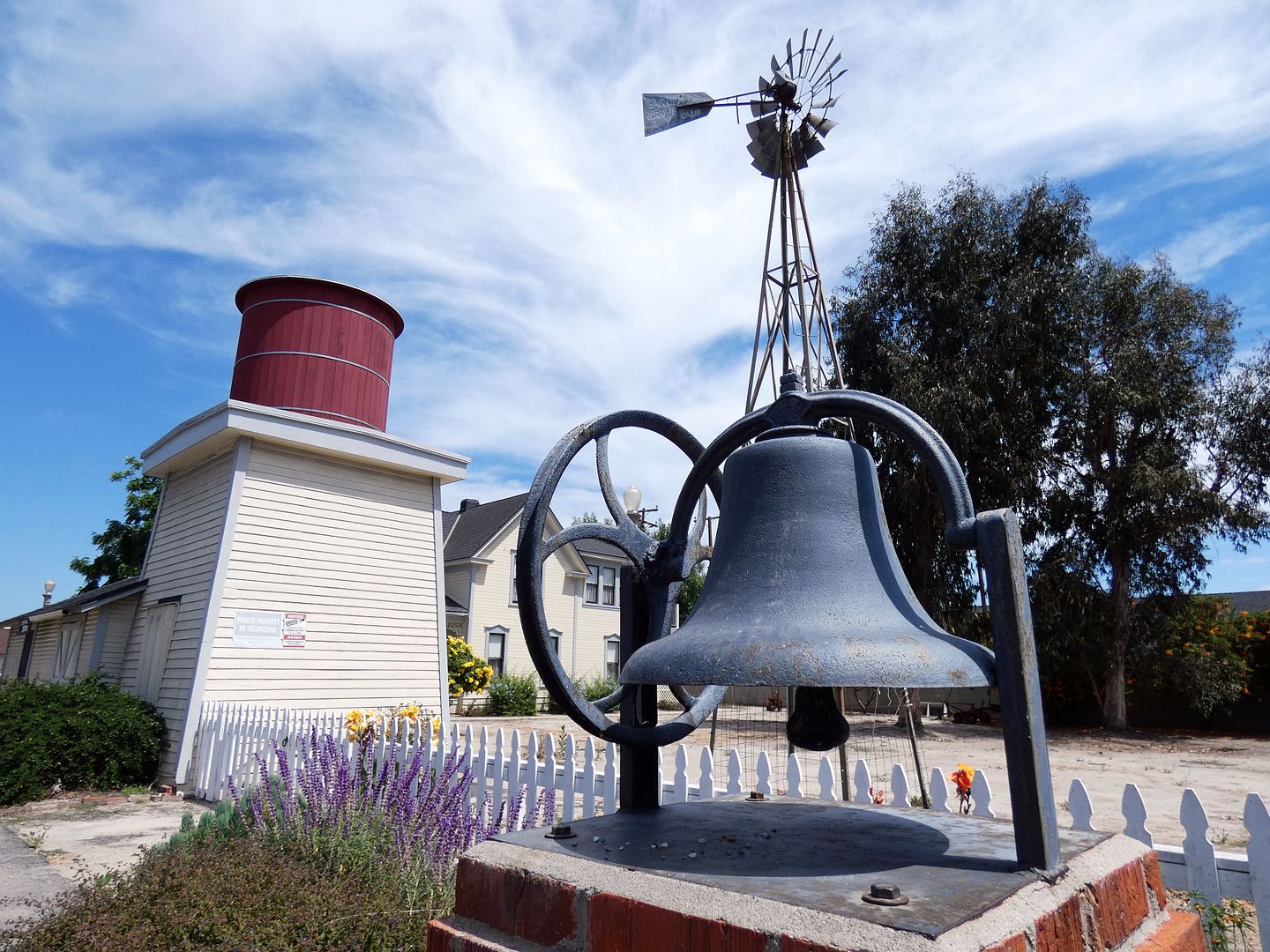
Case in point: Garden Grove Historical Society's time capsule town, located on 2 acres of the former Stanley Ranch, where local pioneer Edward G. Ware settled in 1876 after relocating from Massachusetts.
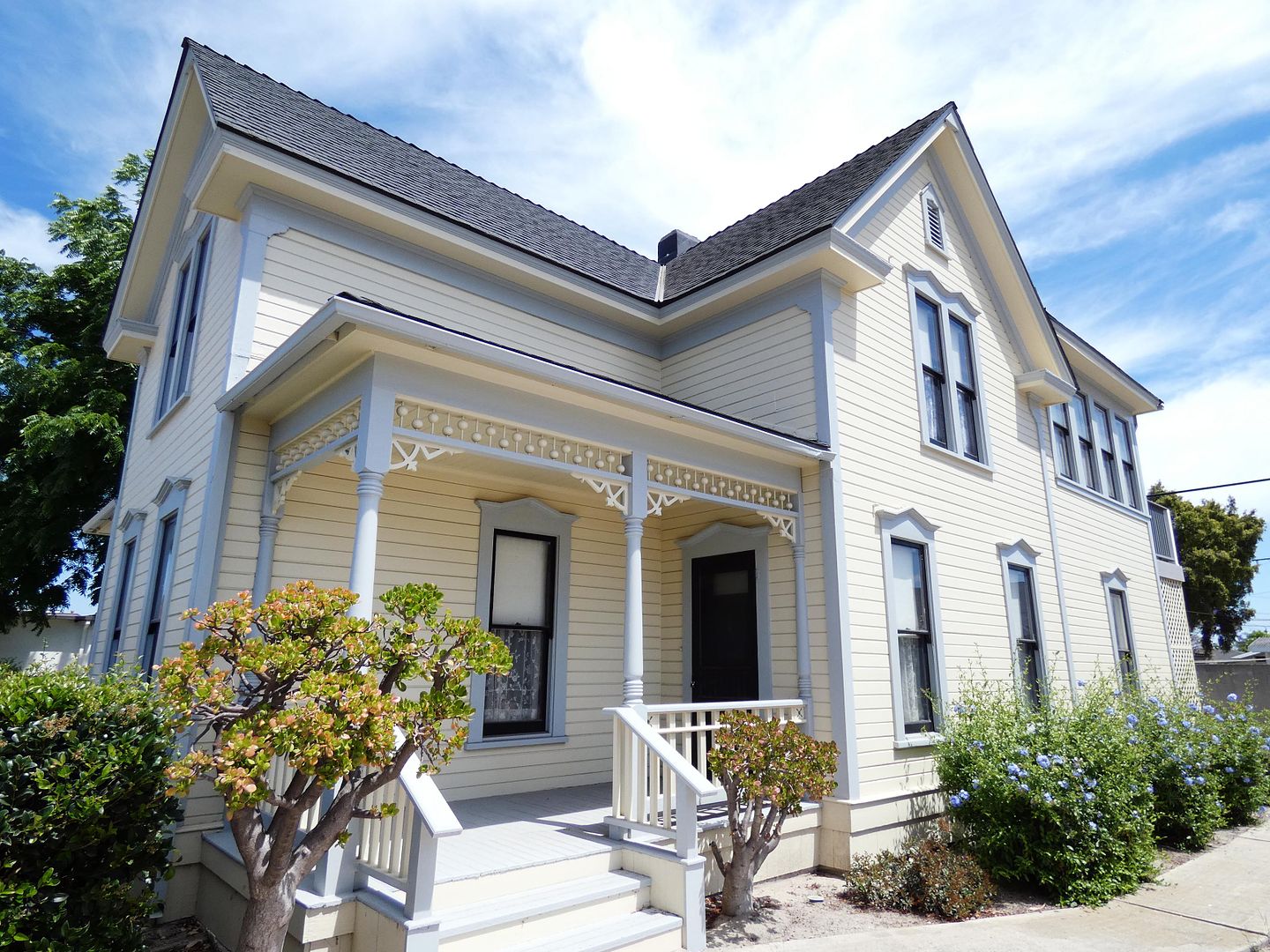

His Queen Anne-style ranch house, completed in 1892, was moved from elsewhere on the property to its current location—just past the "village" entrance, windmill, and General Store (located in the former Tank House, circa 1910, where you can buy a ticket to a docent-led tour of the property).
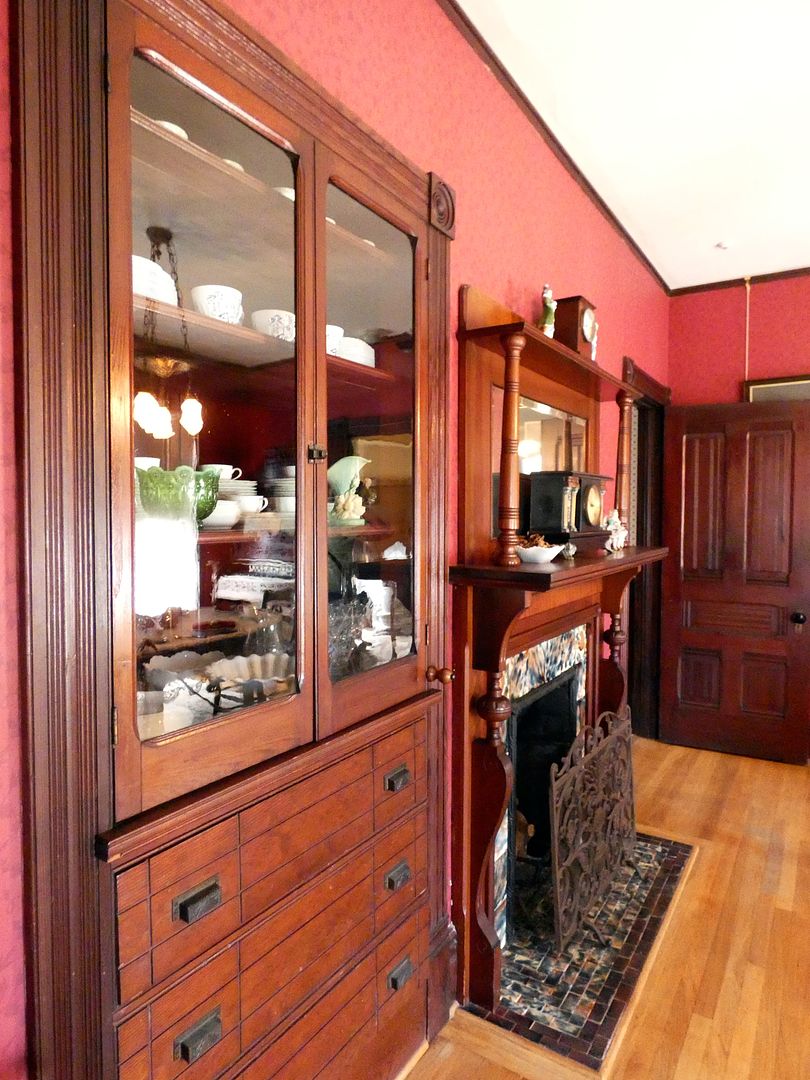

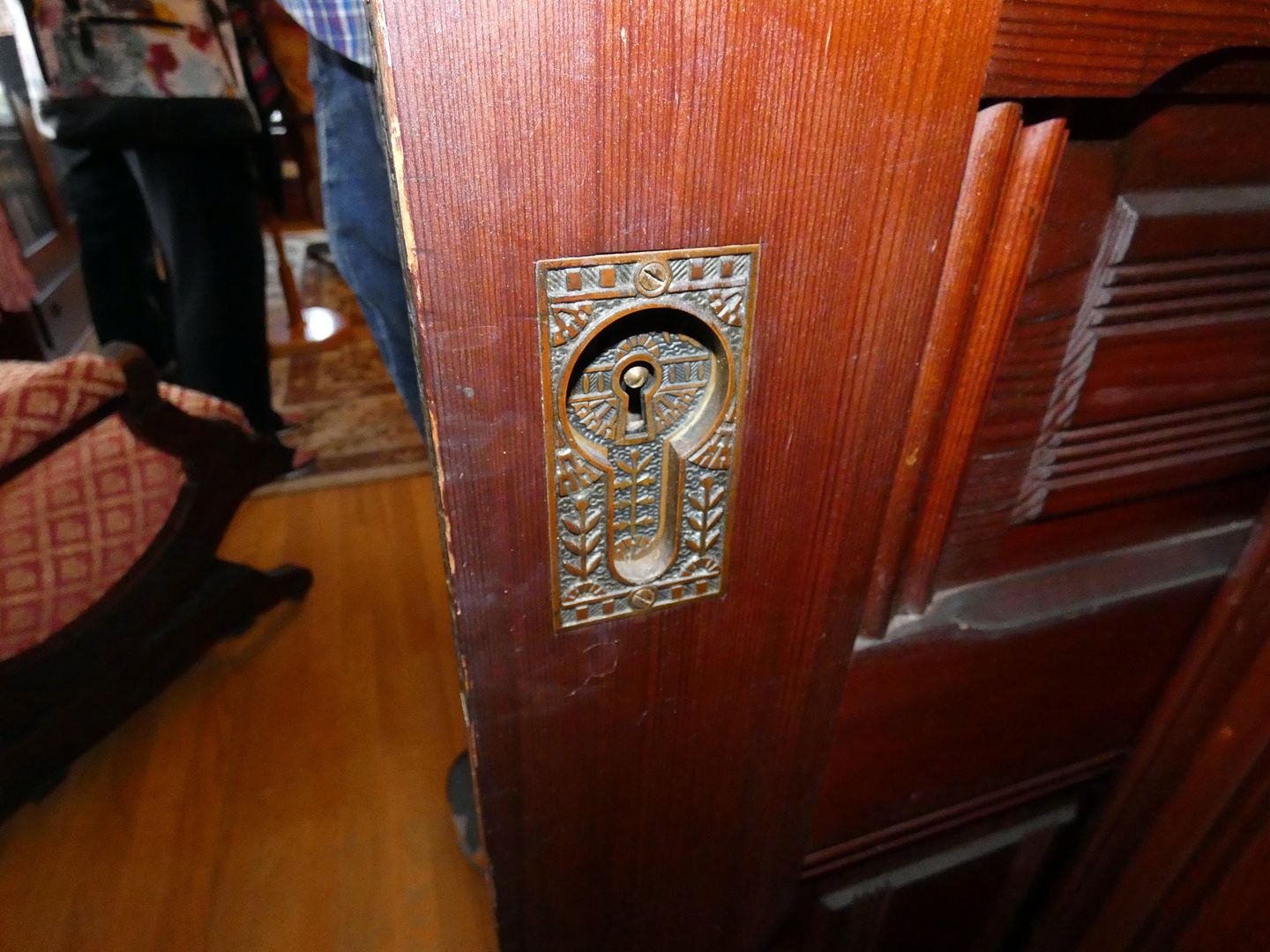
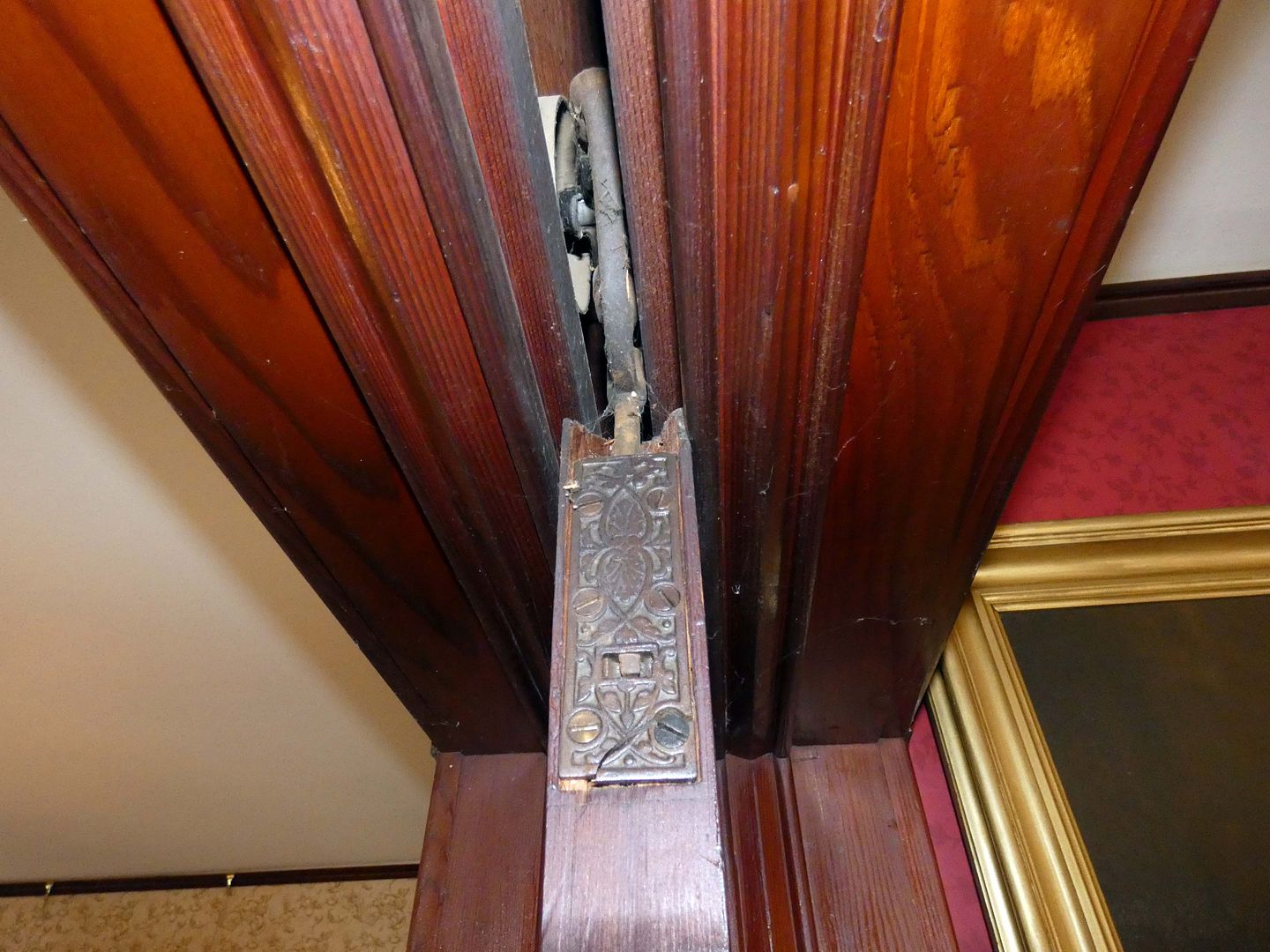

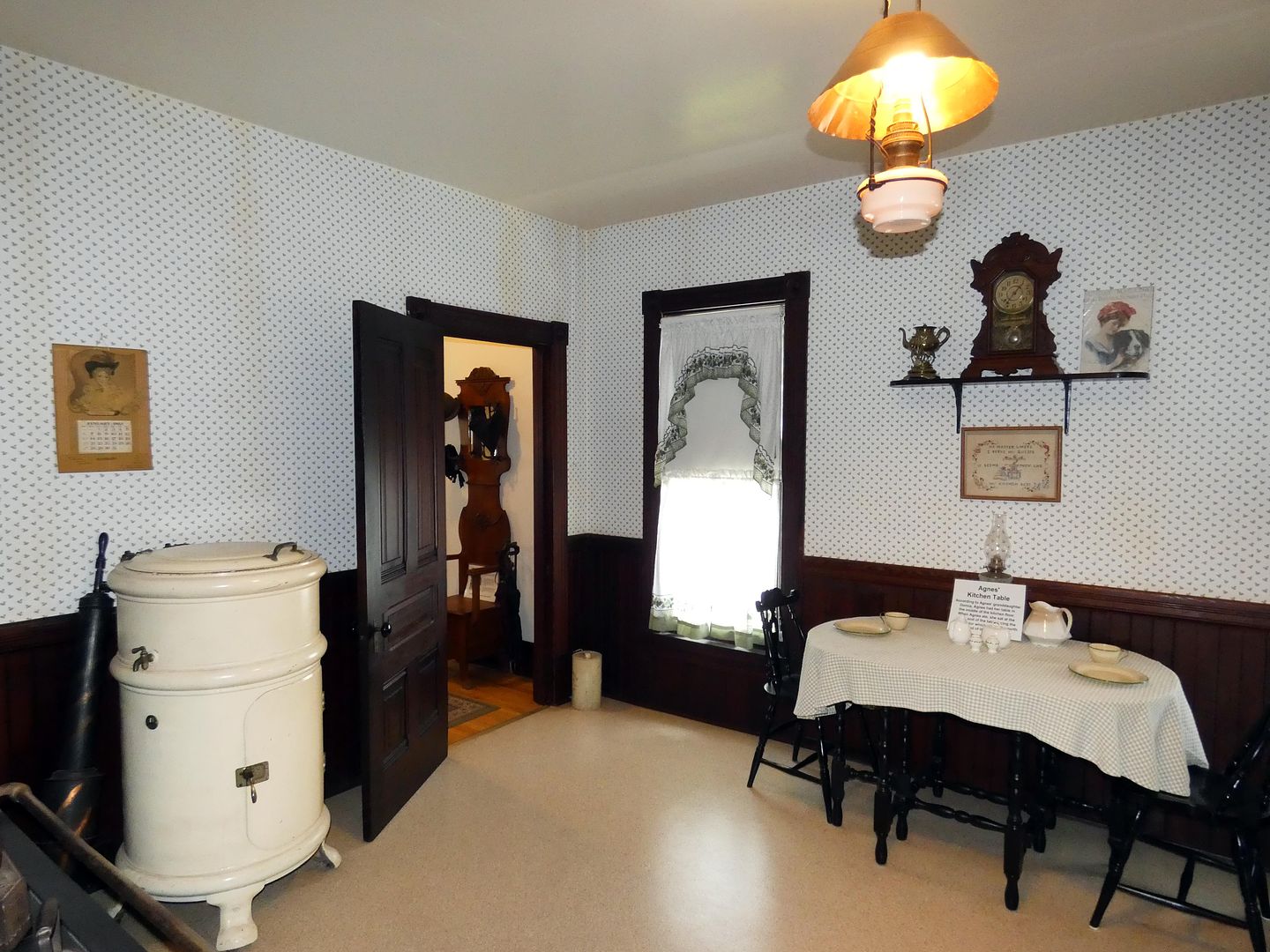
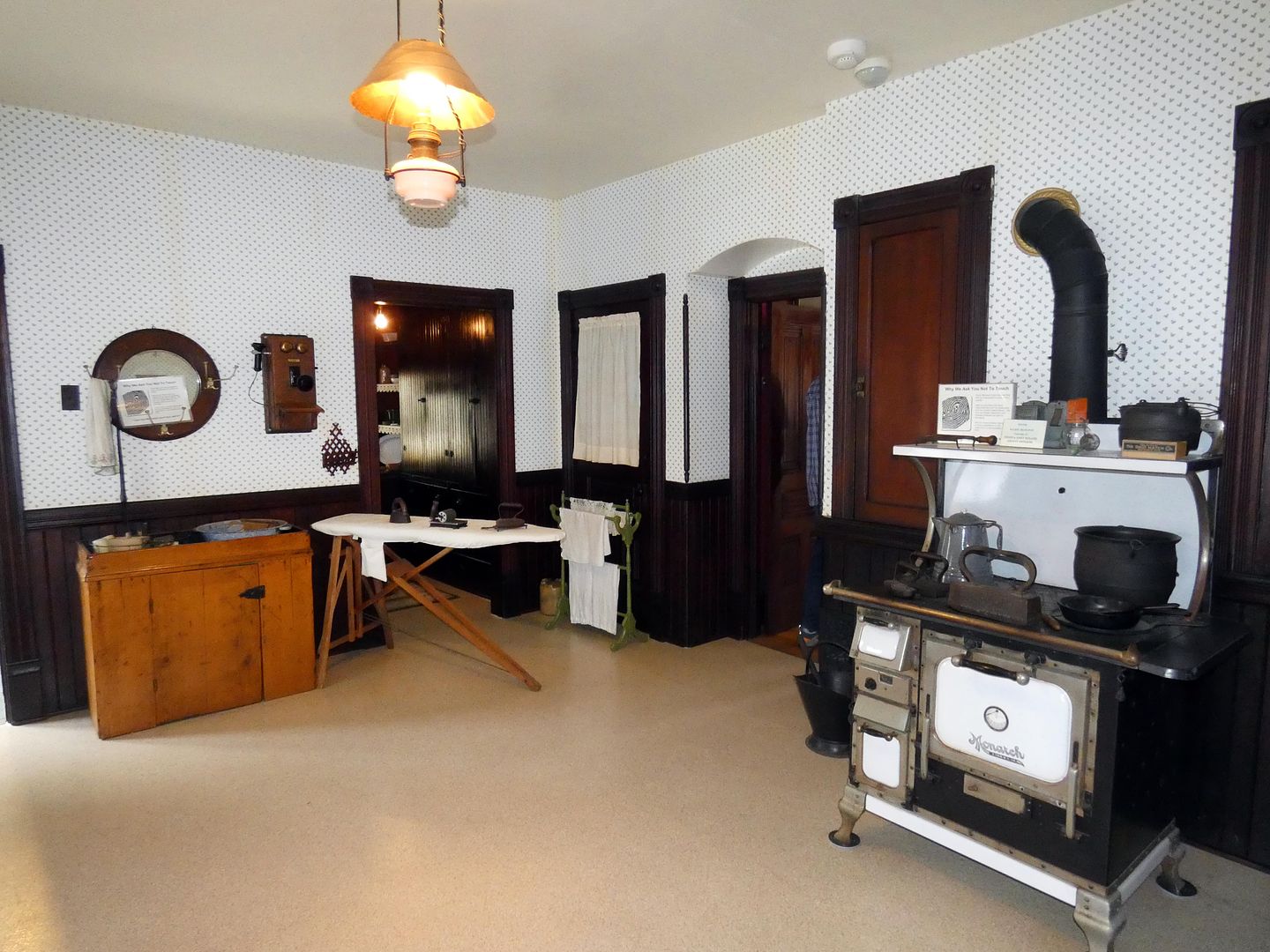
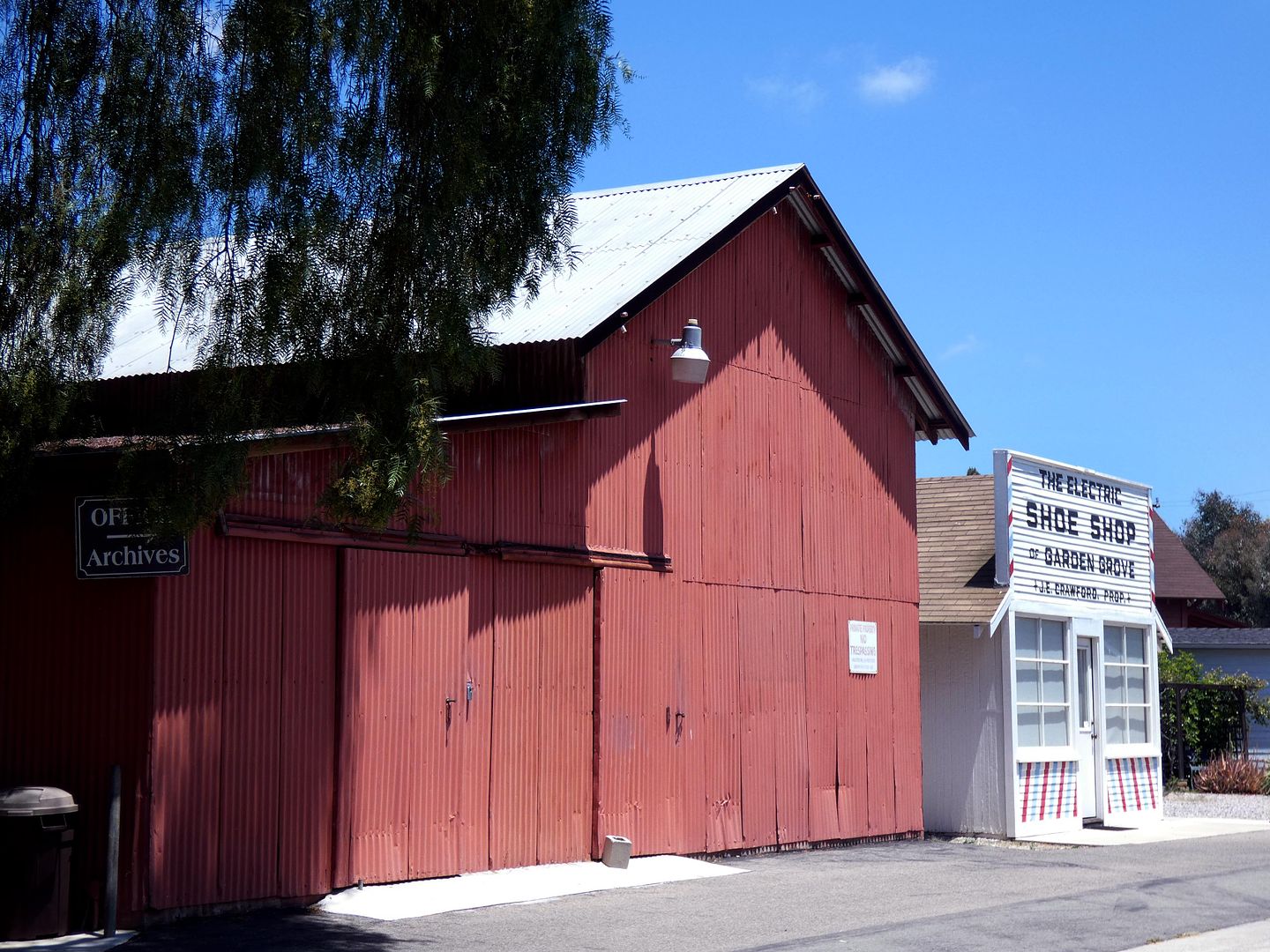
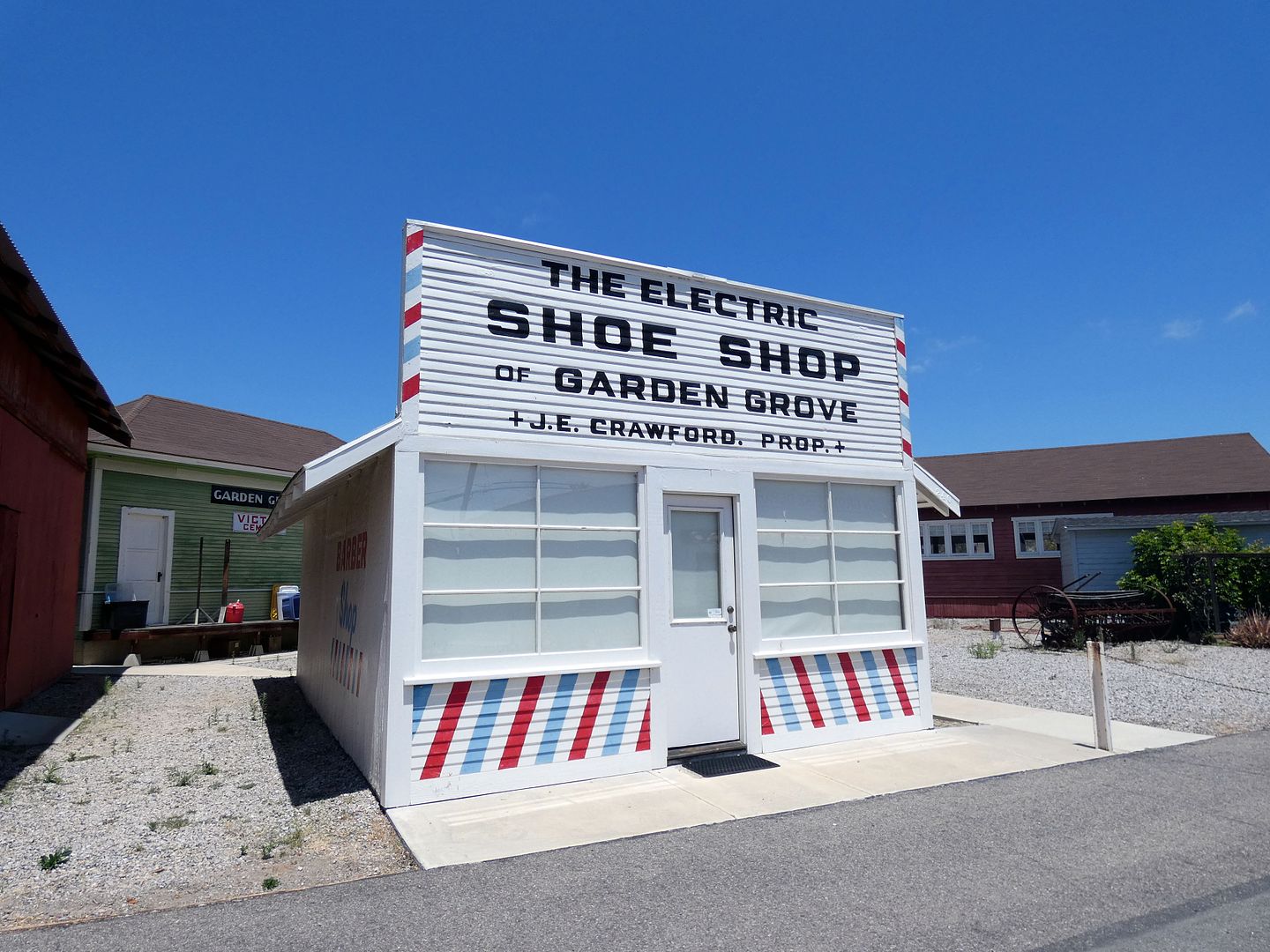
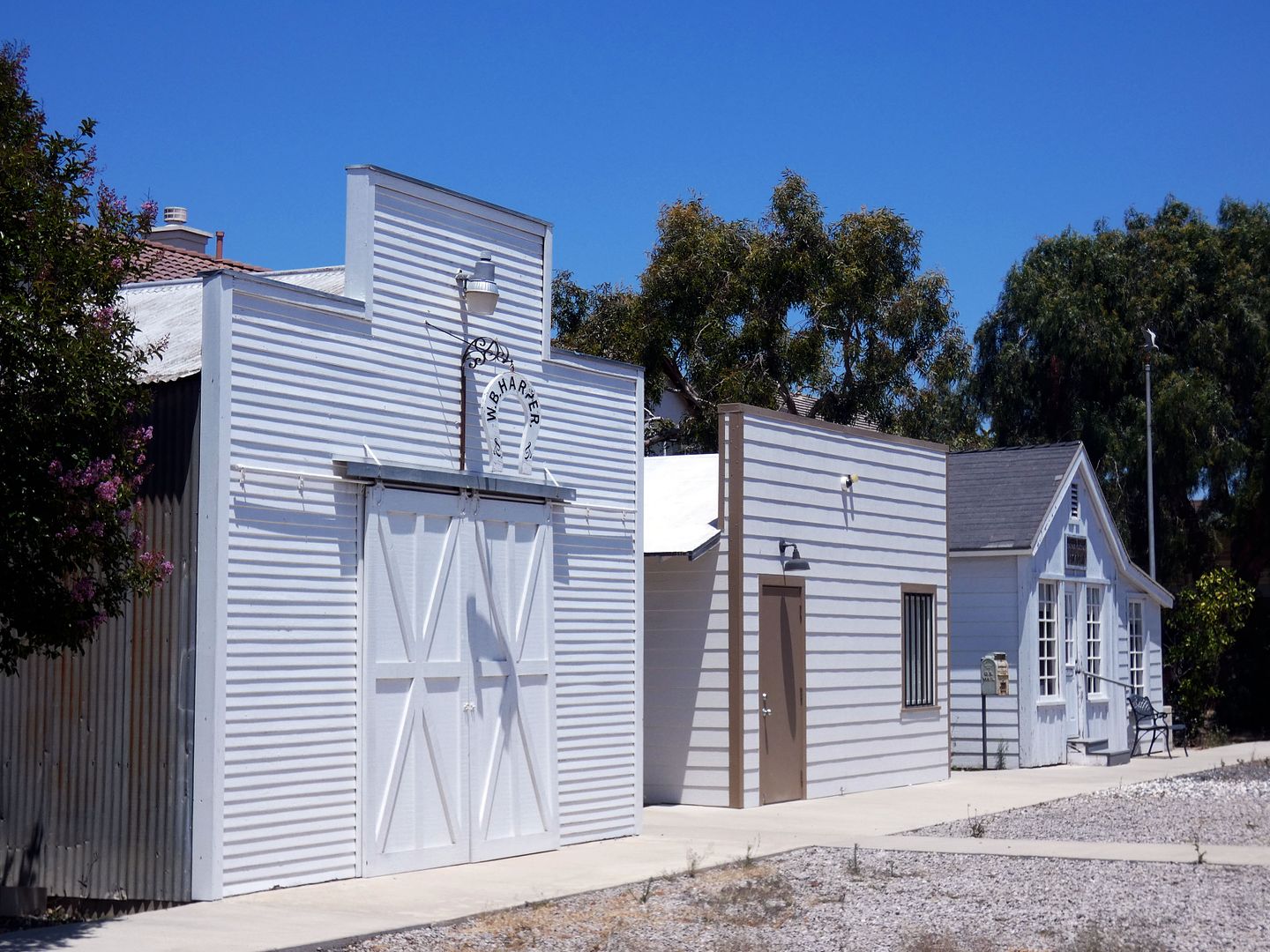
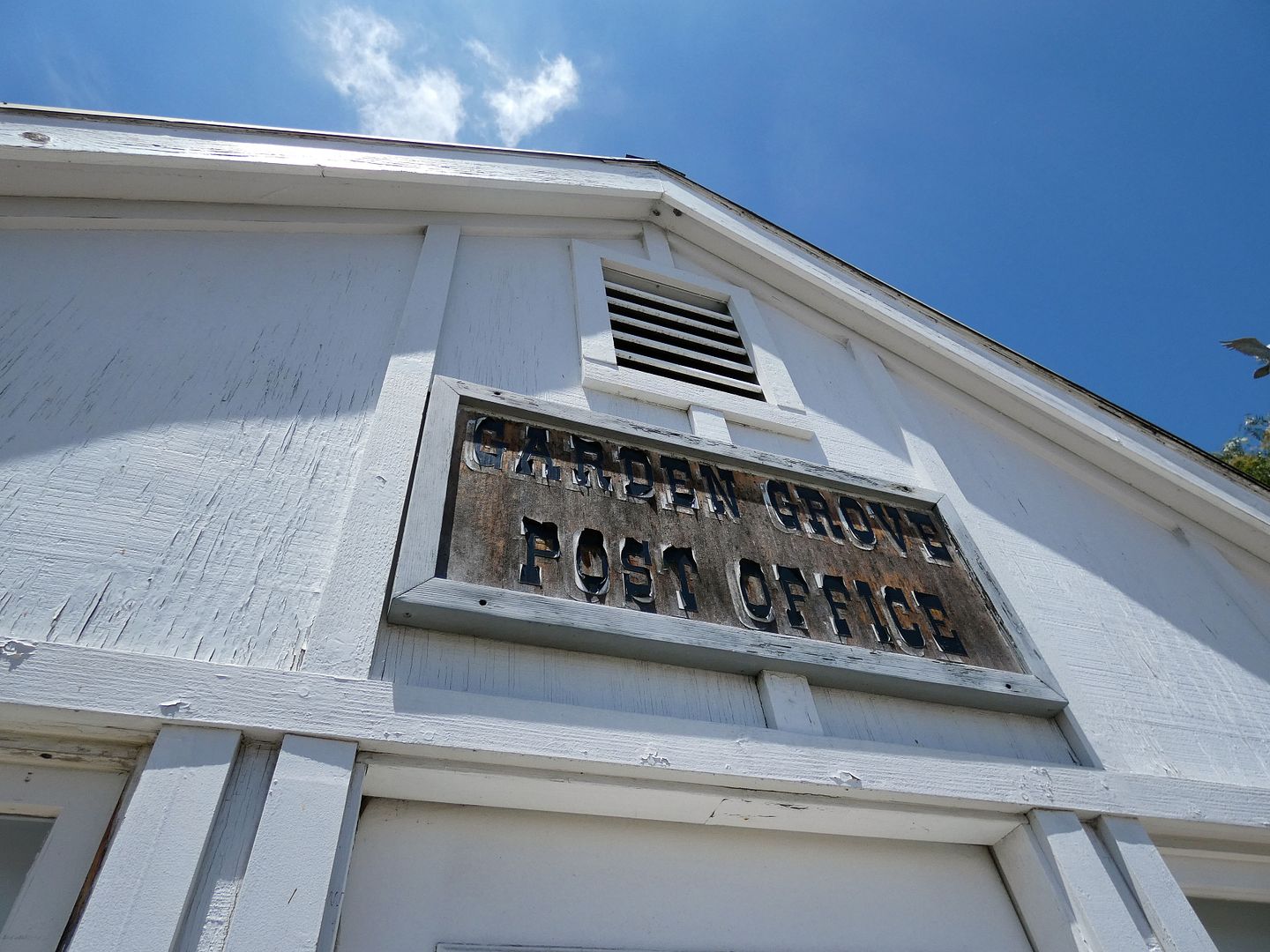
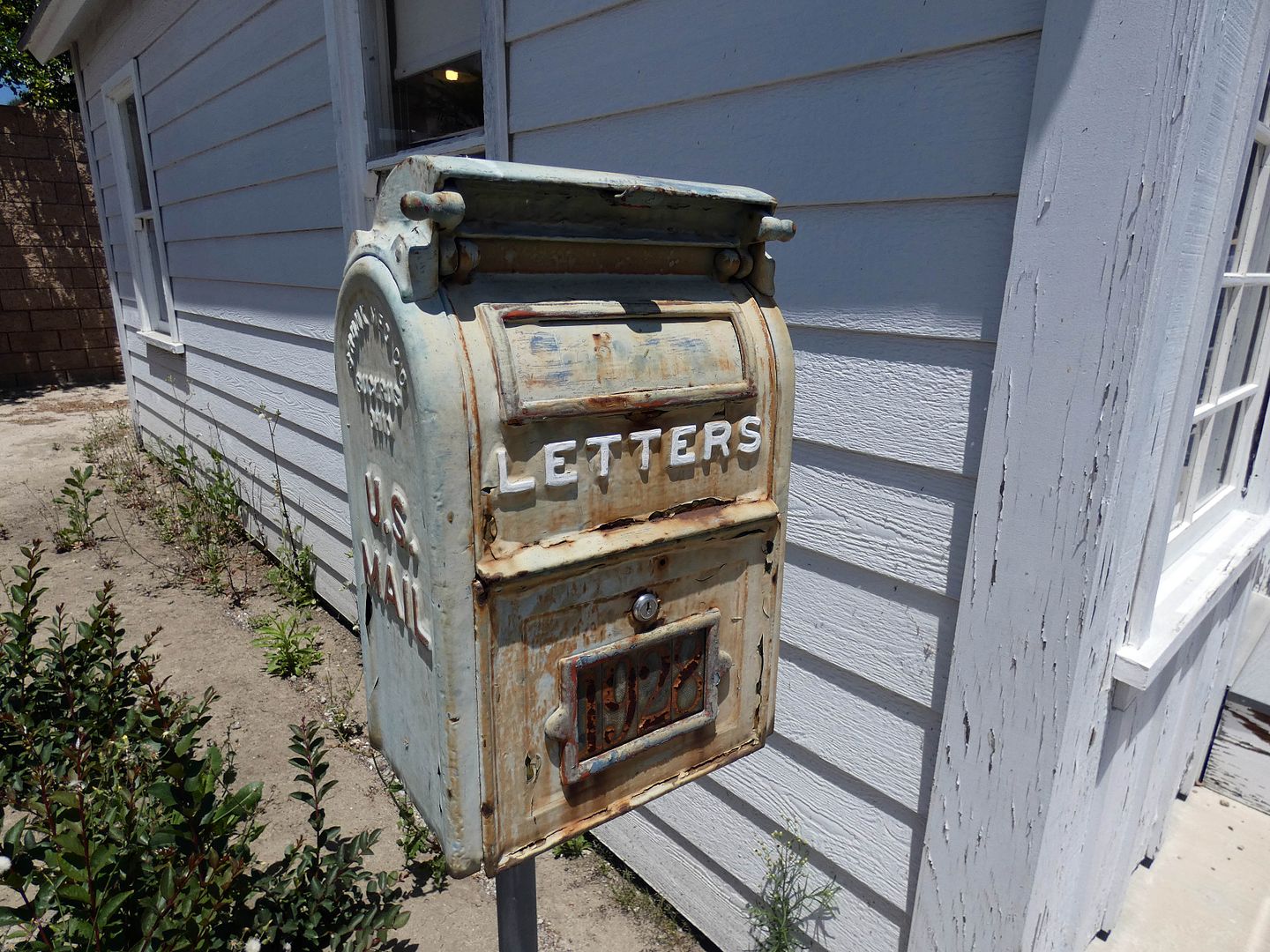
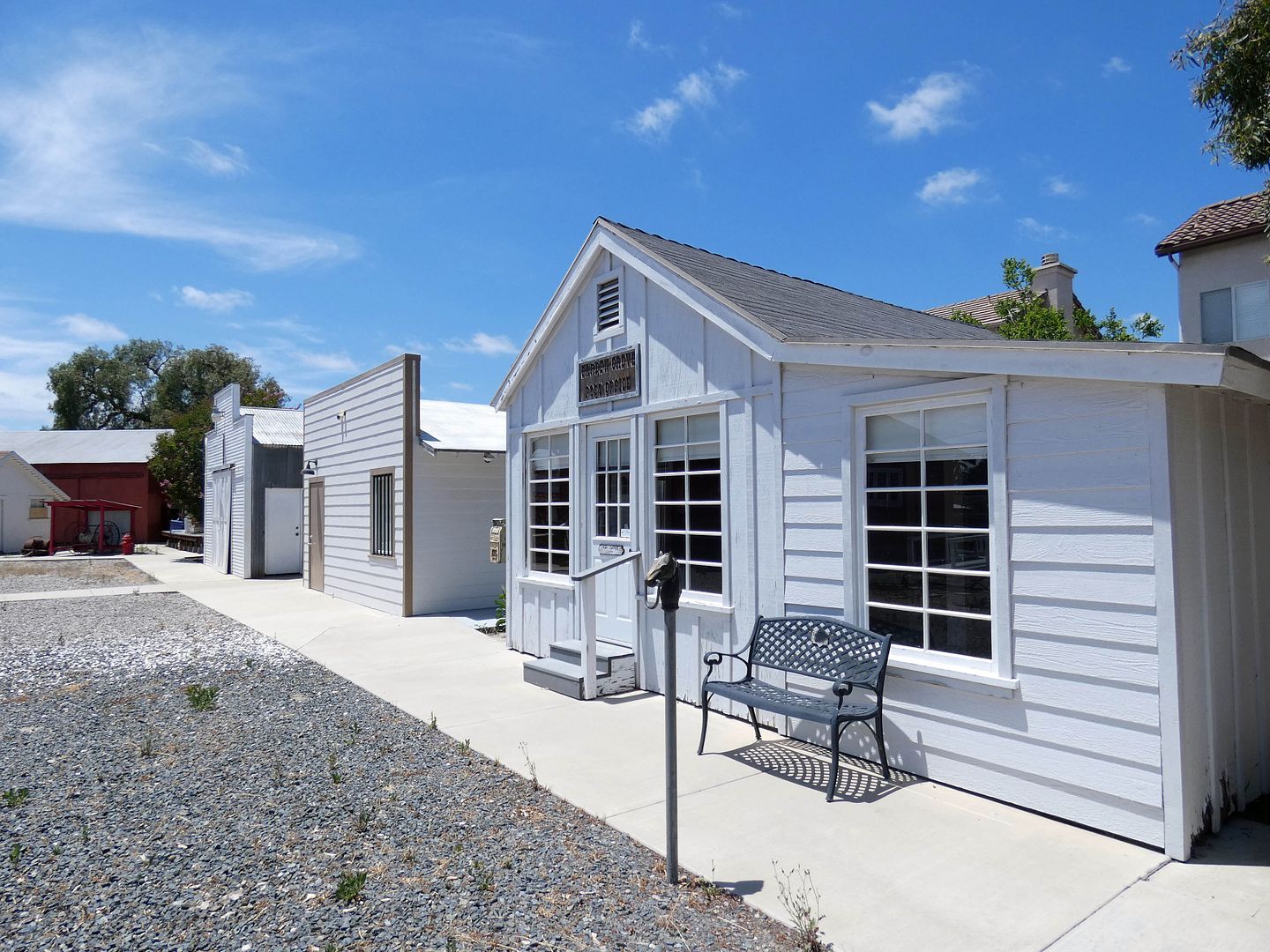
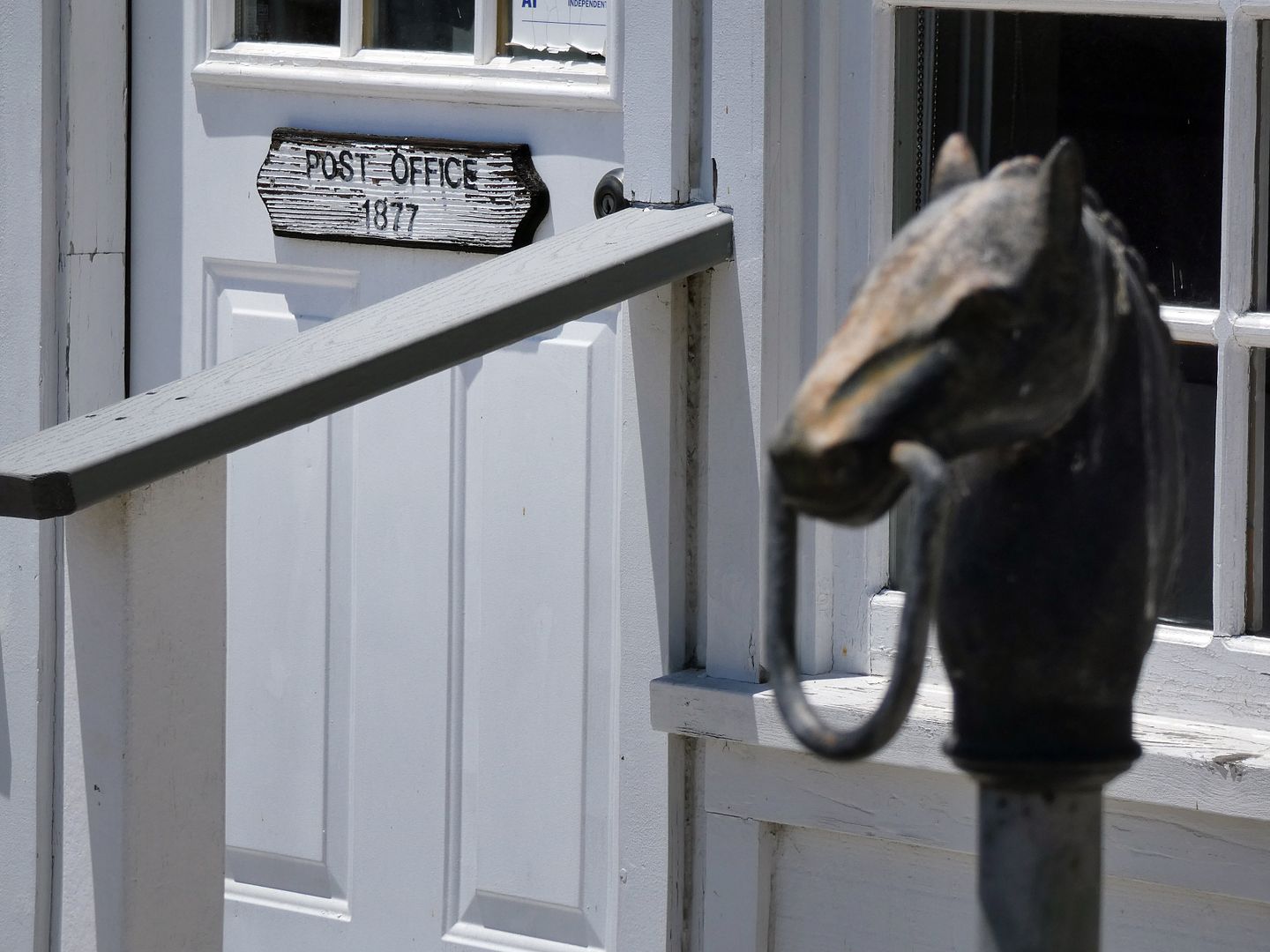

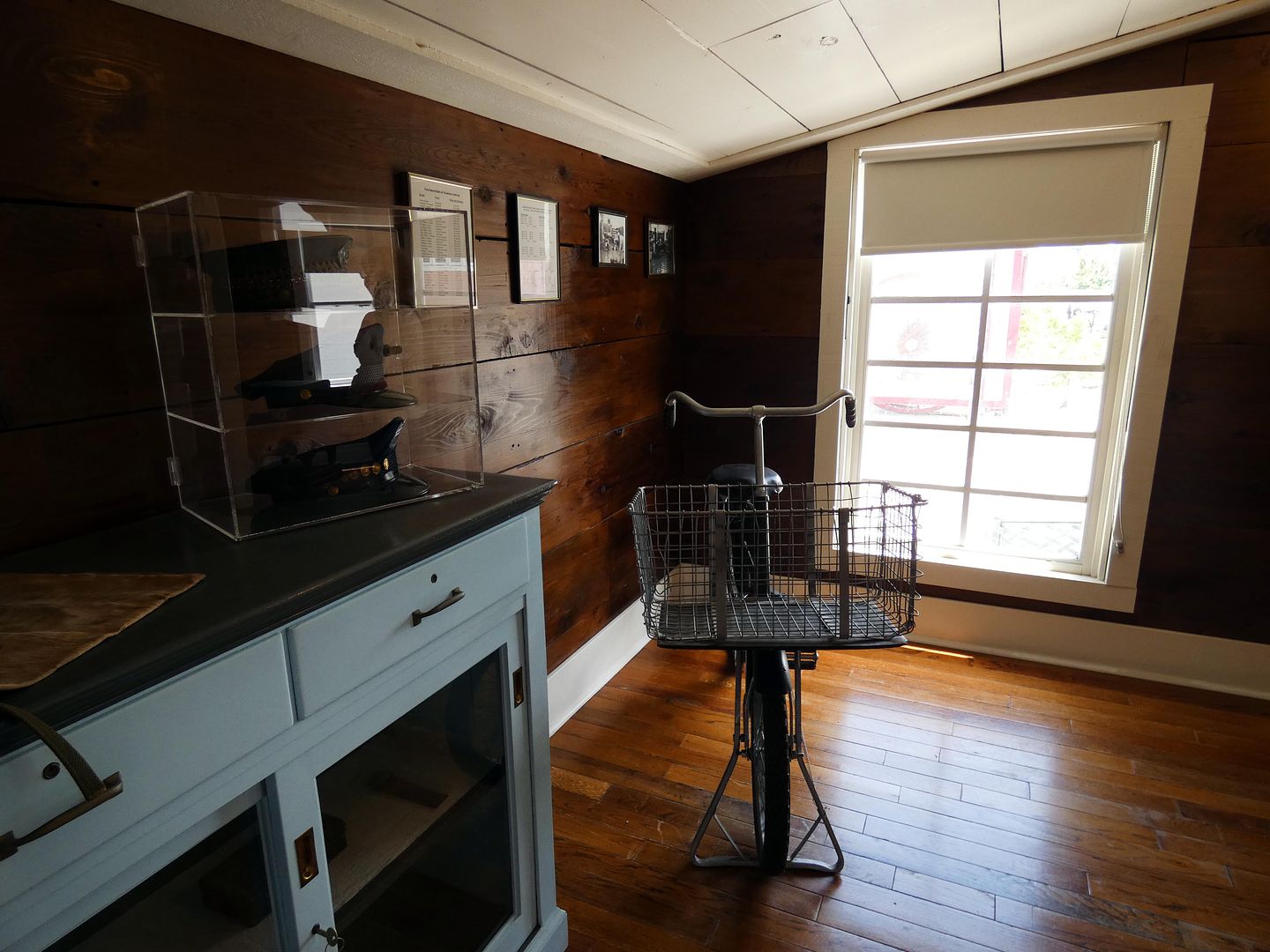

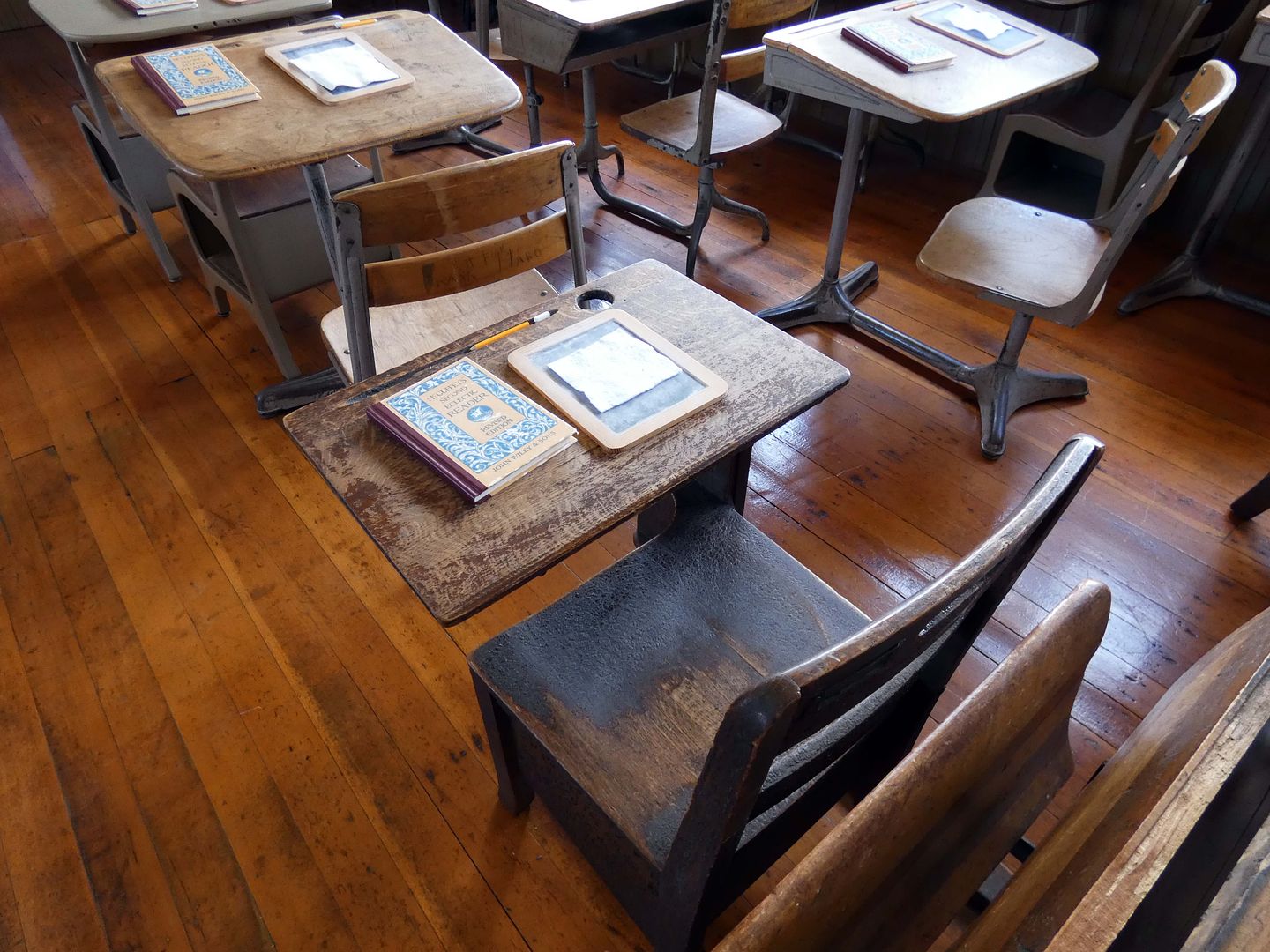
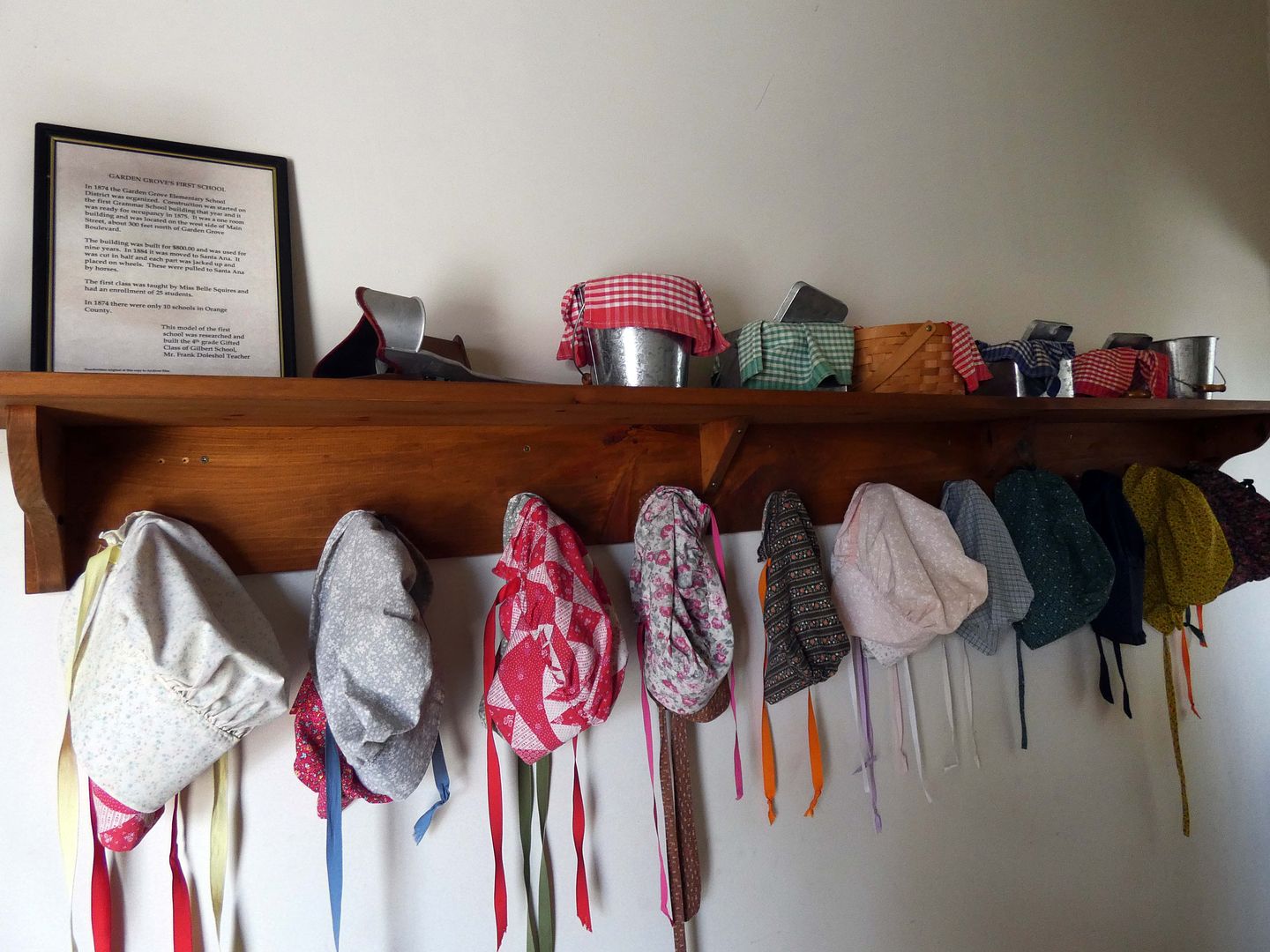
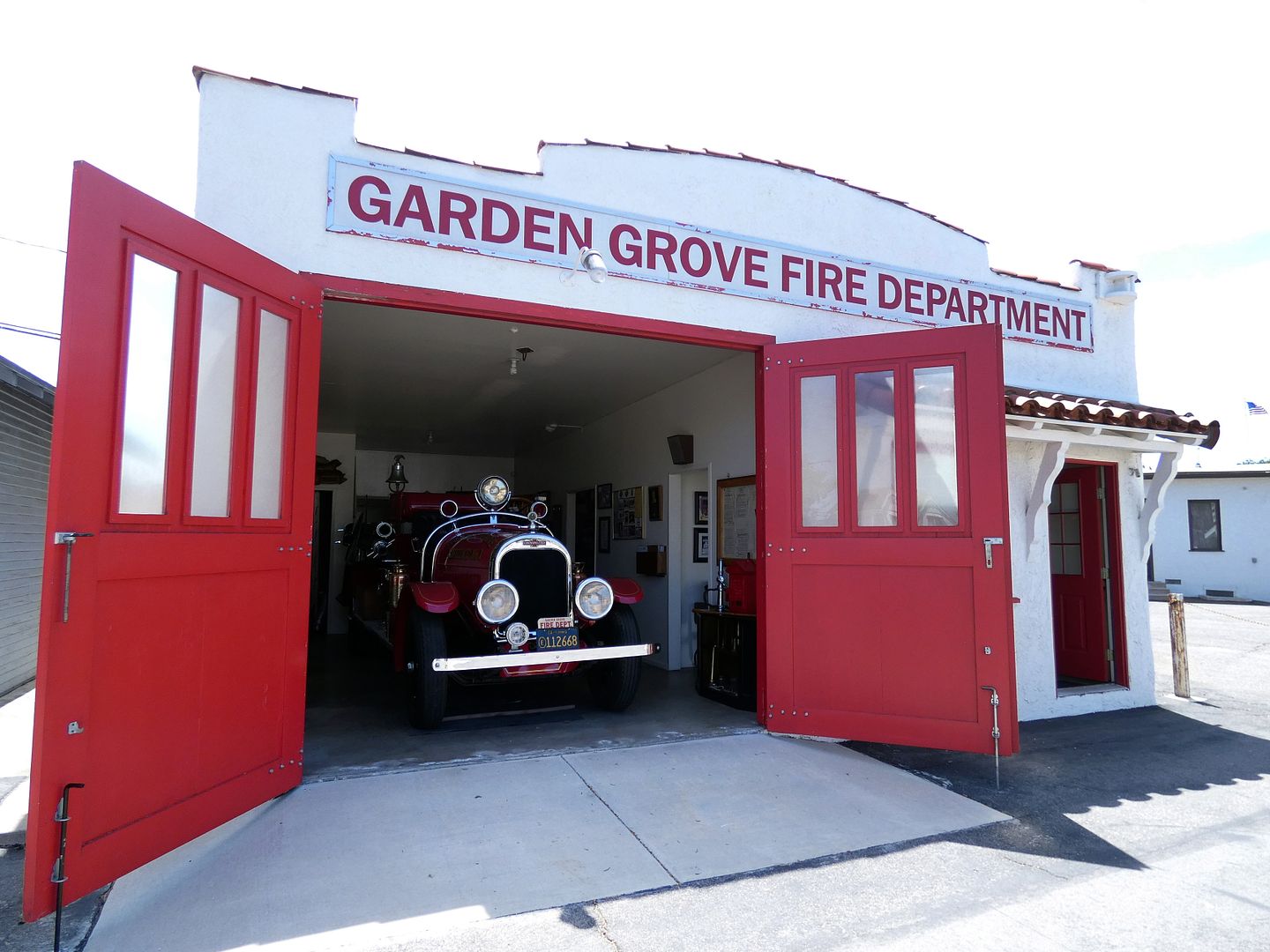
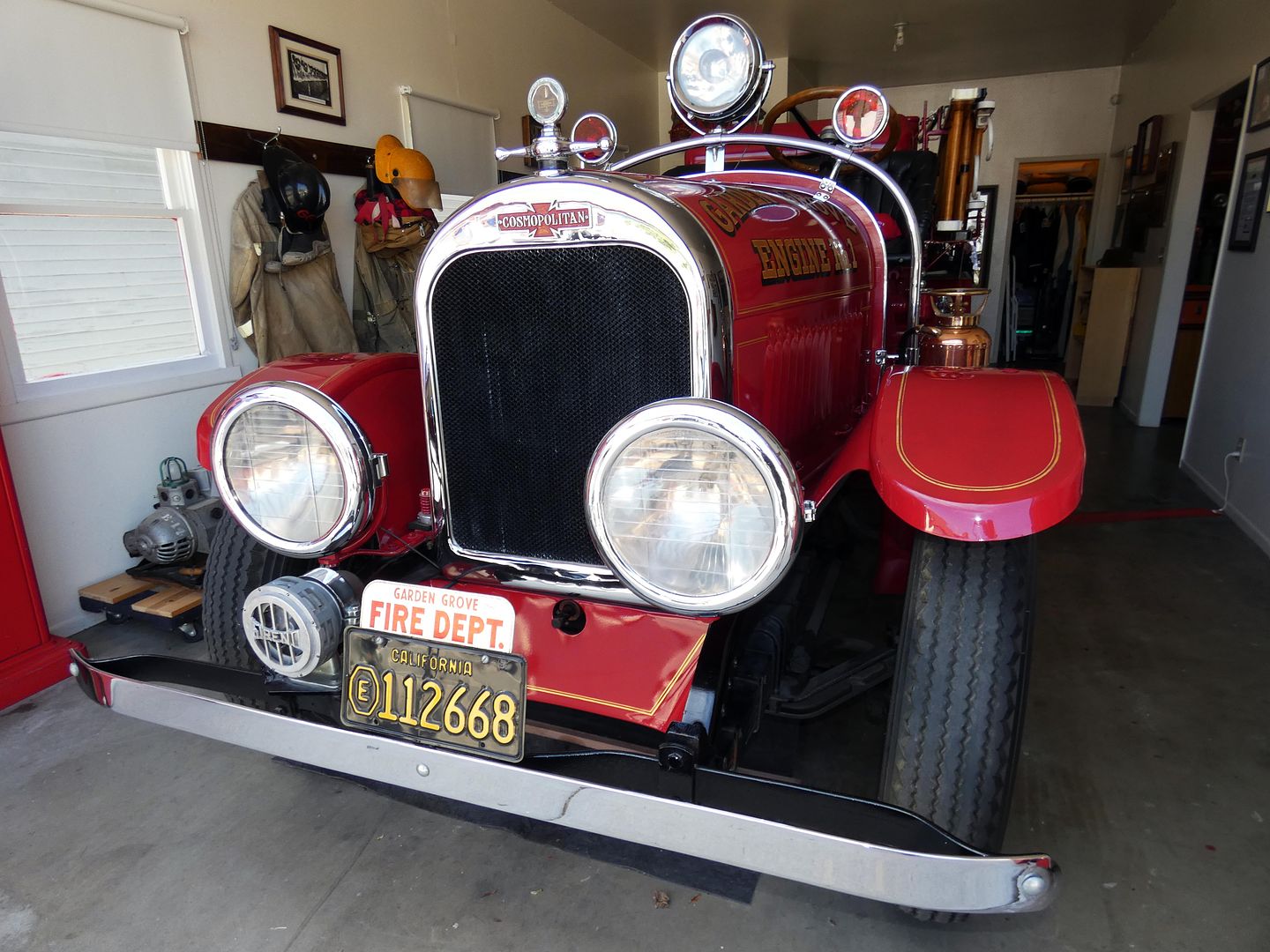
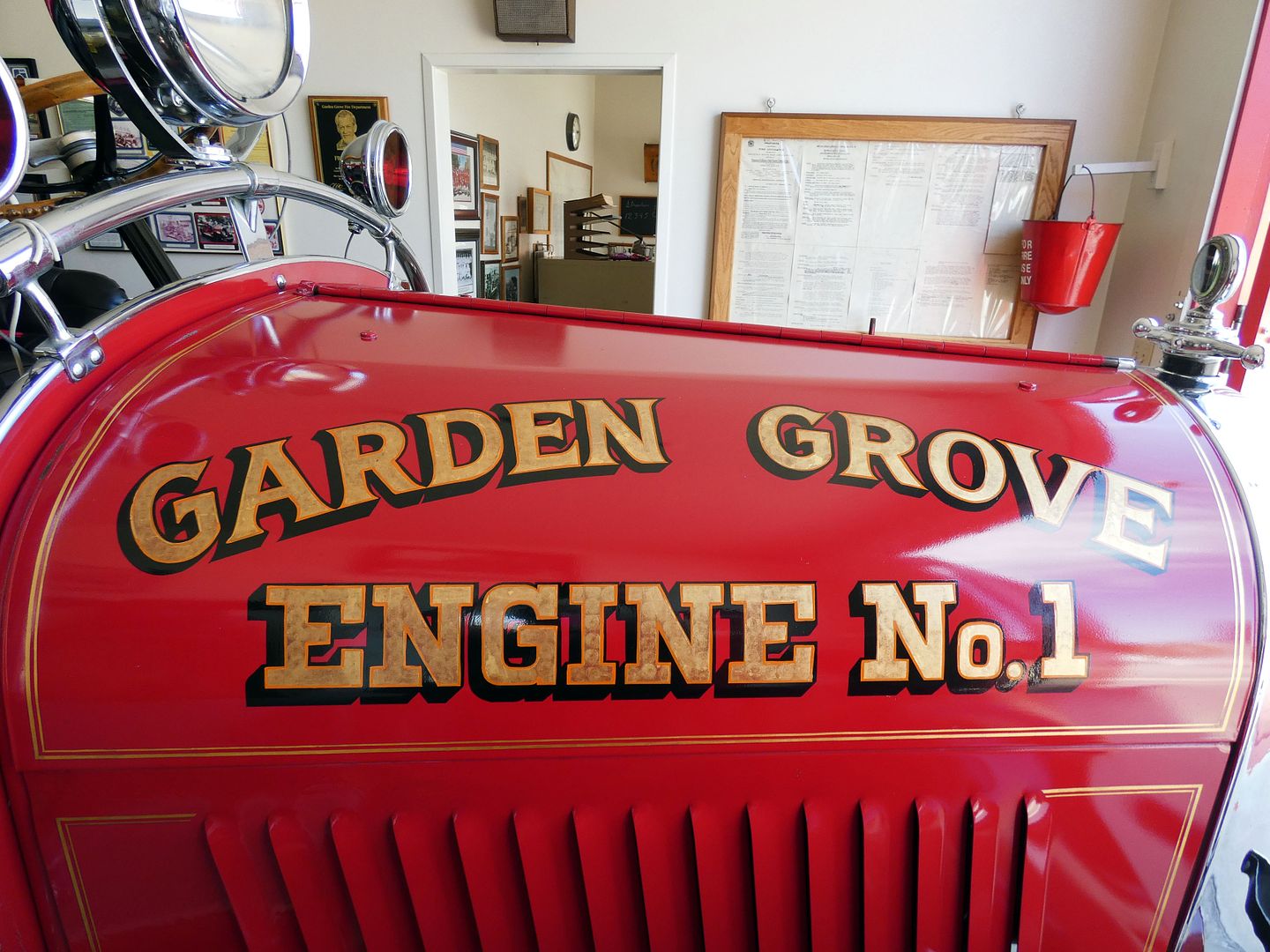
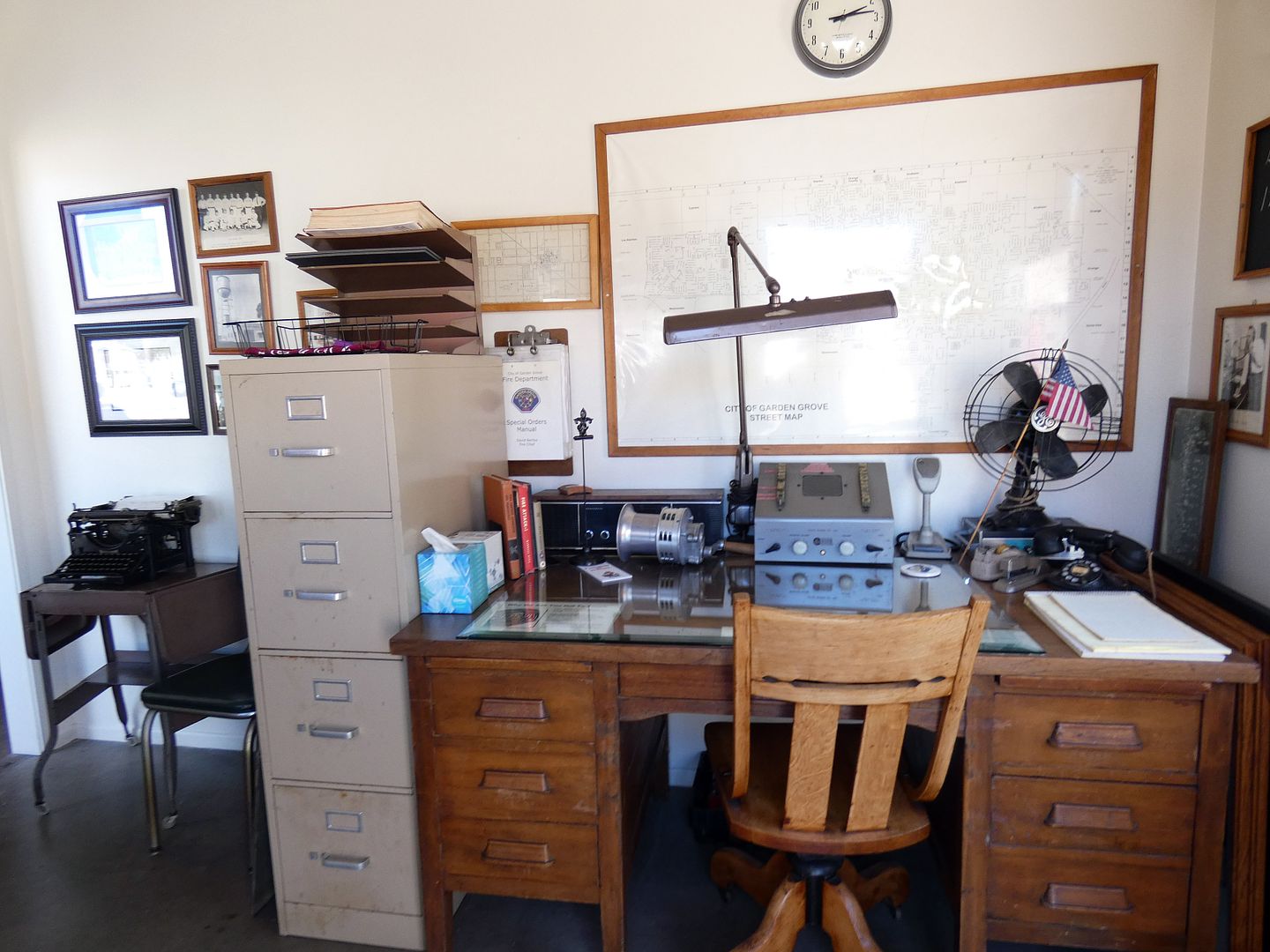
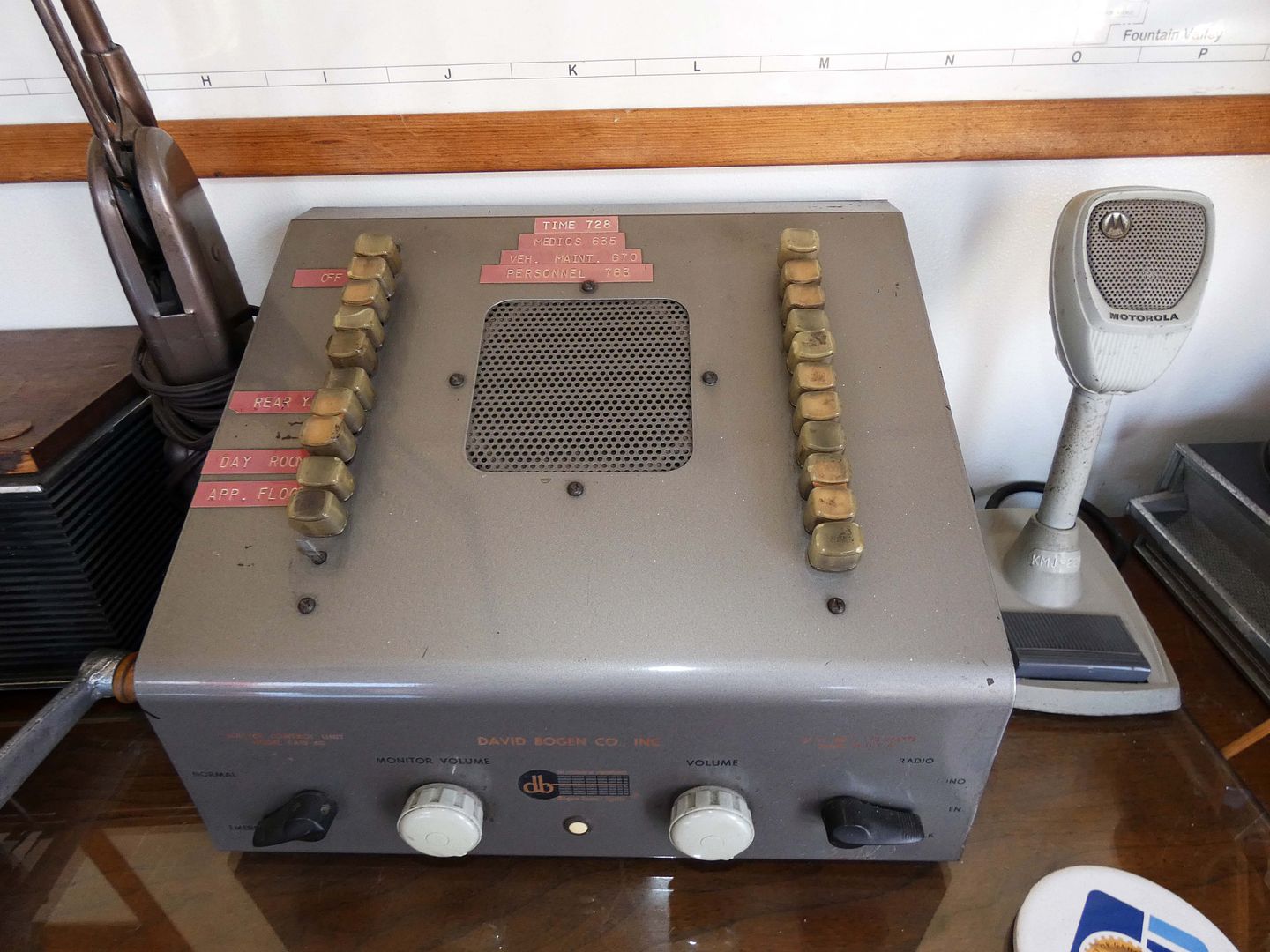
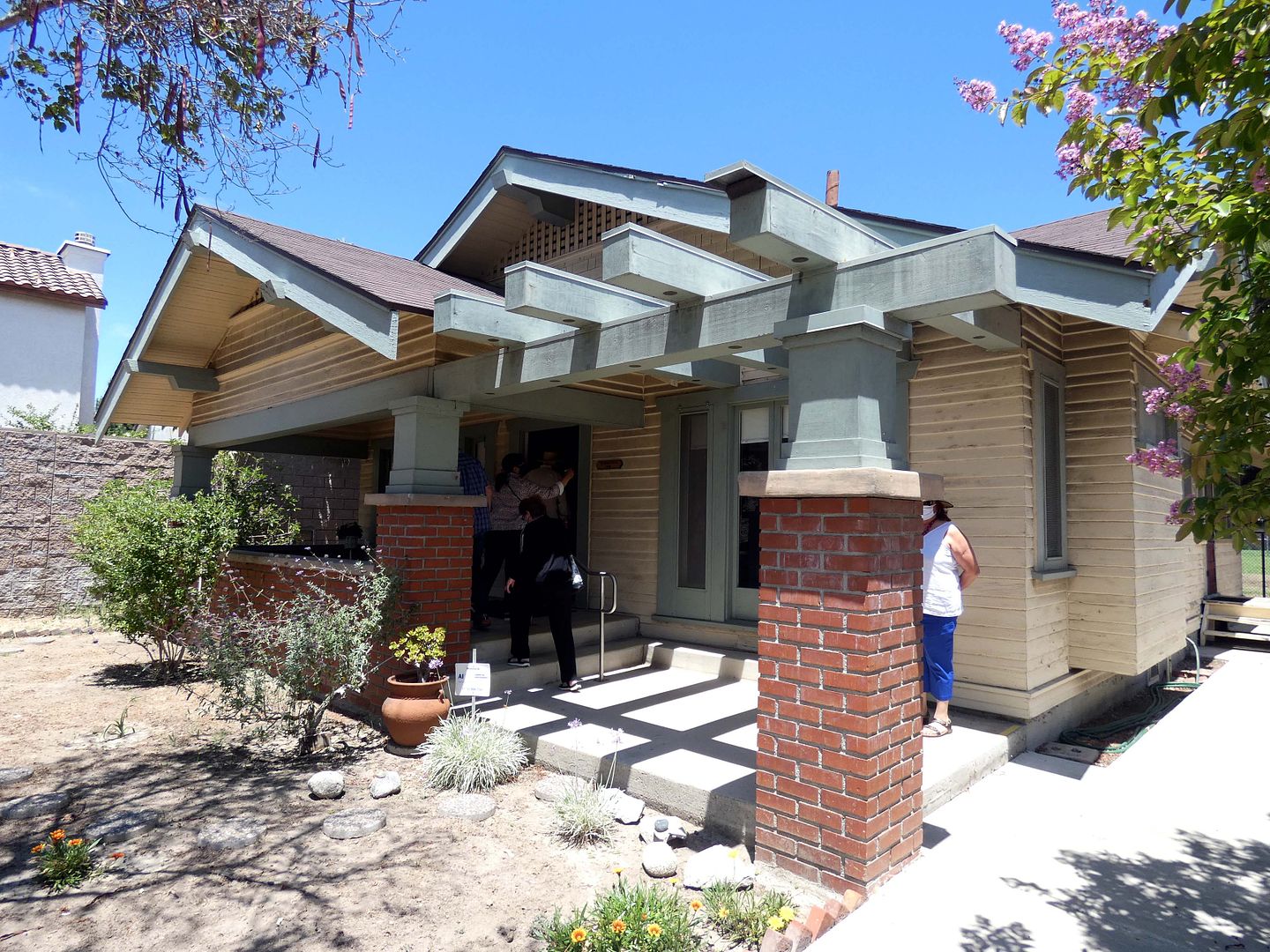
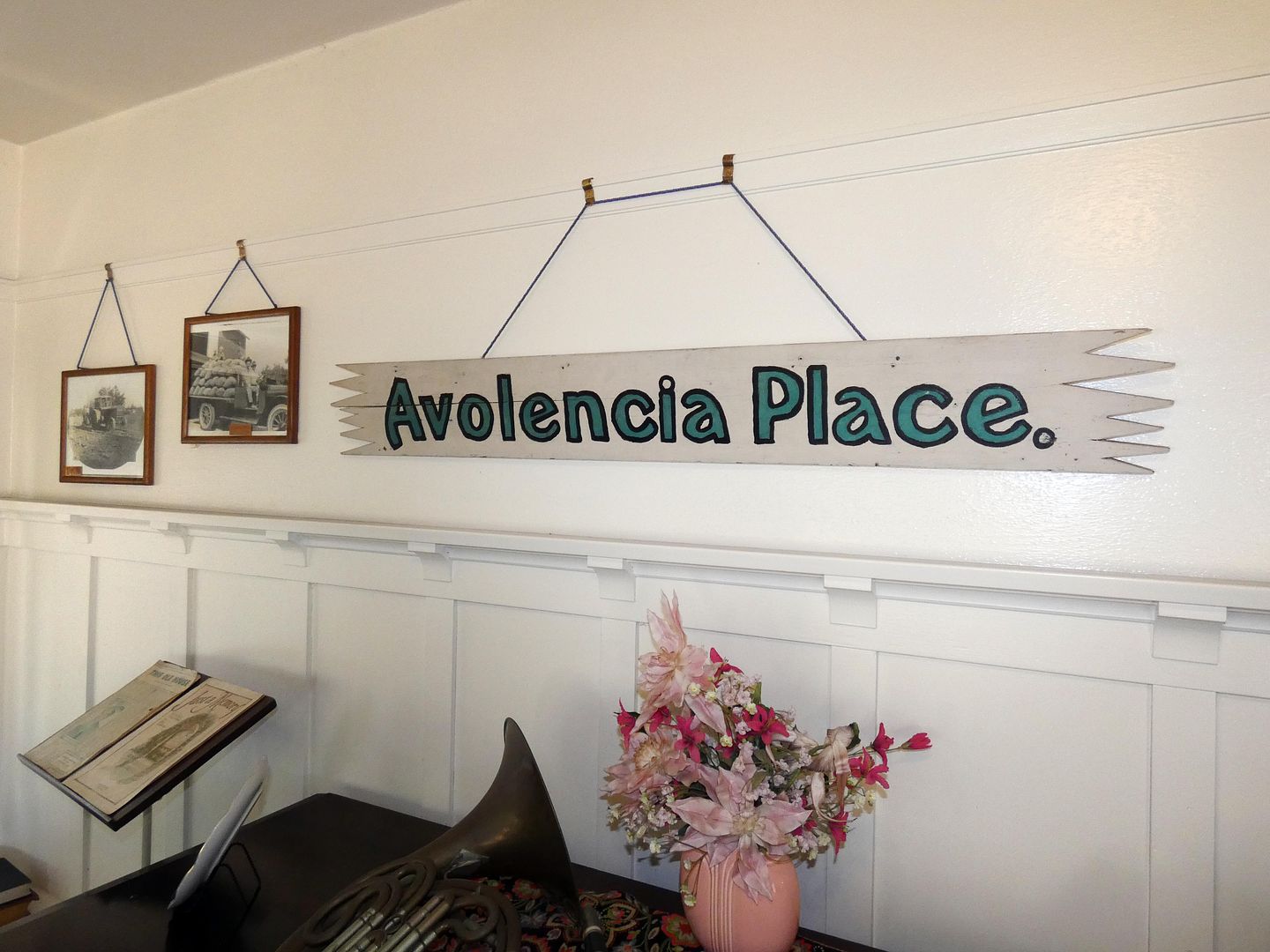



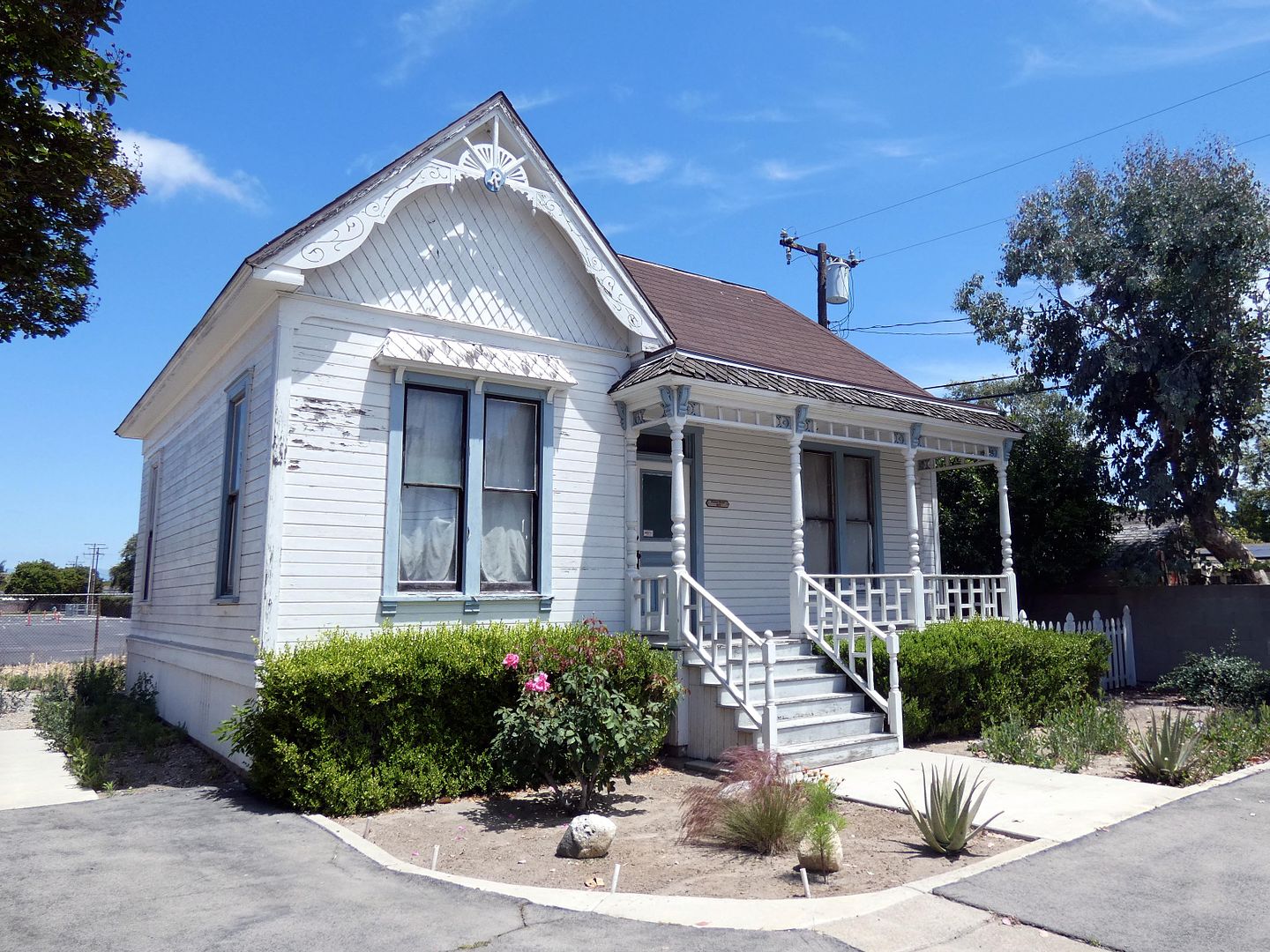
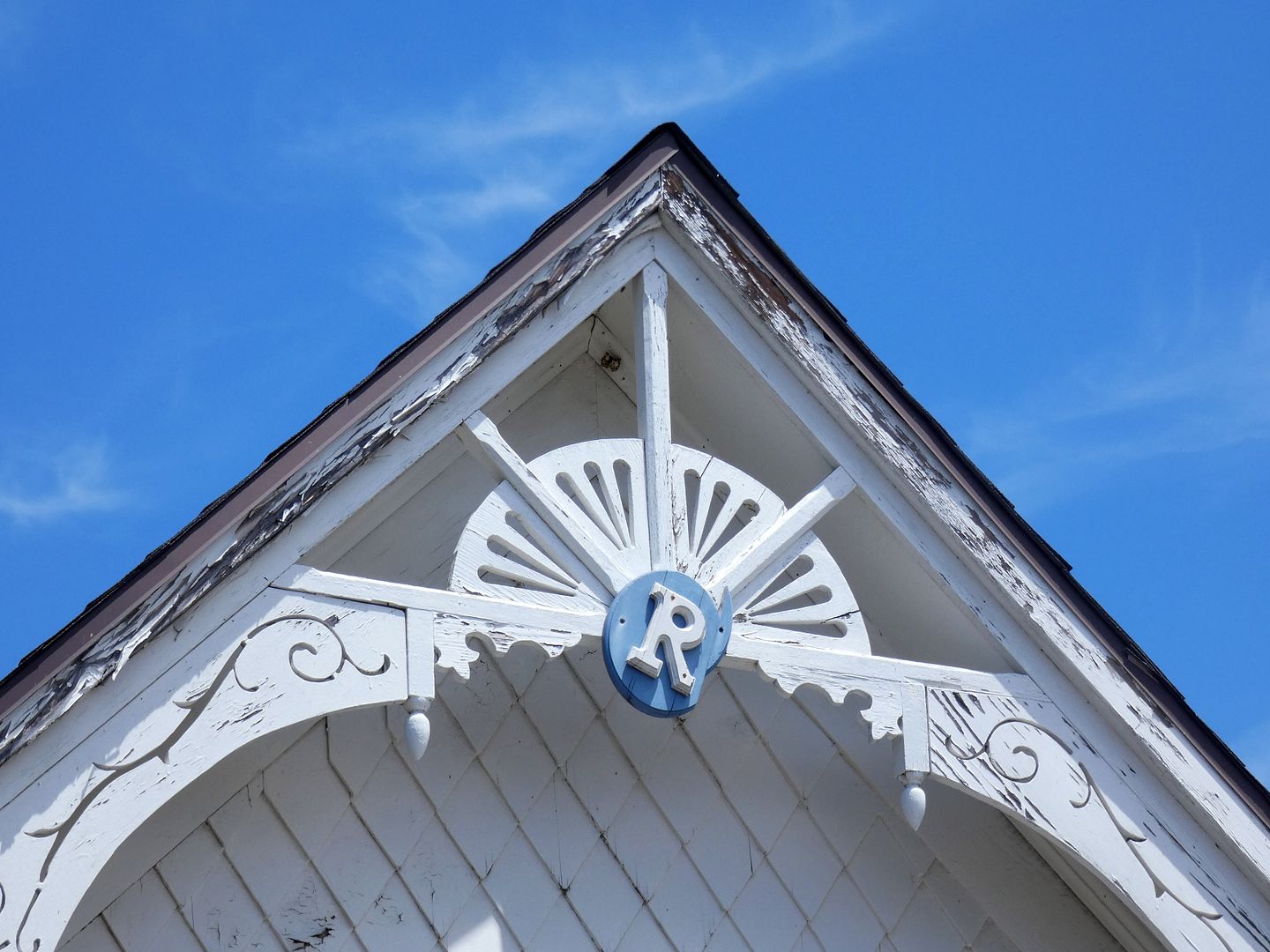
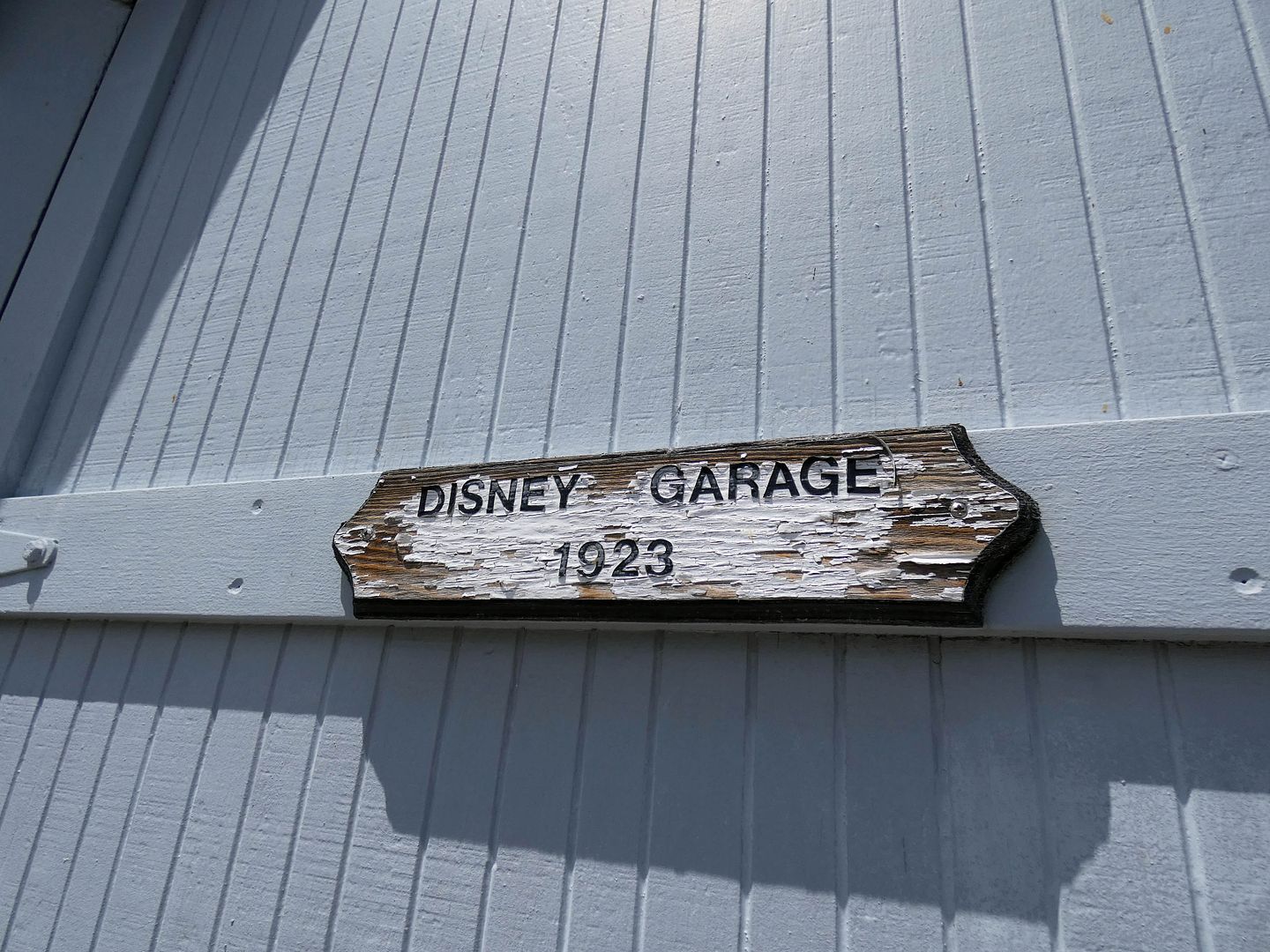
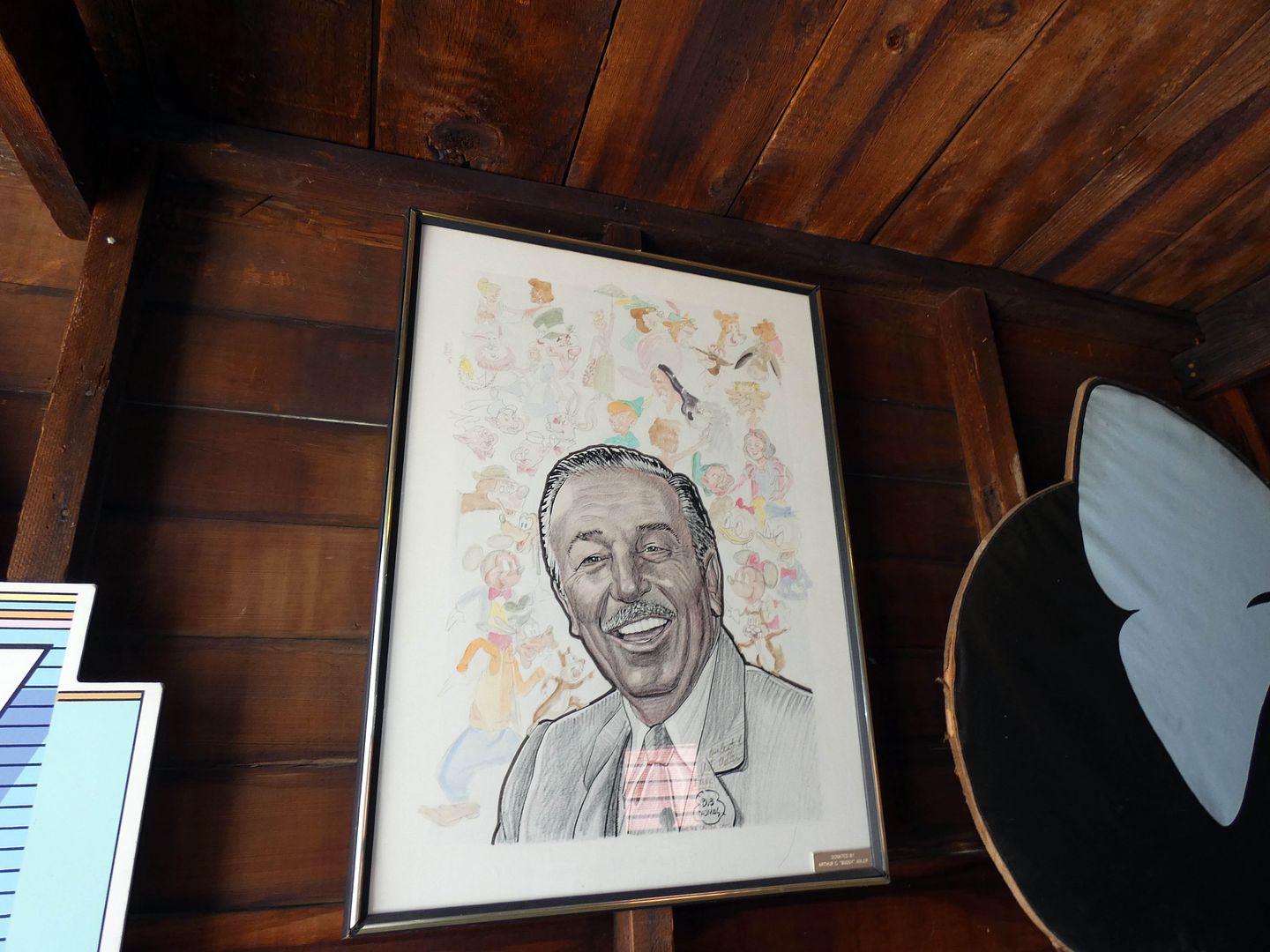
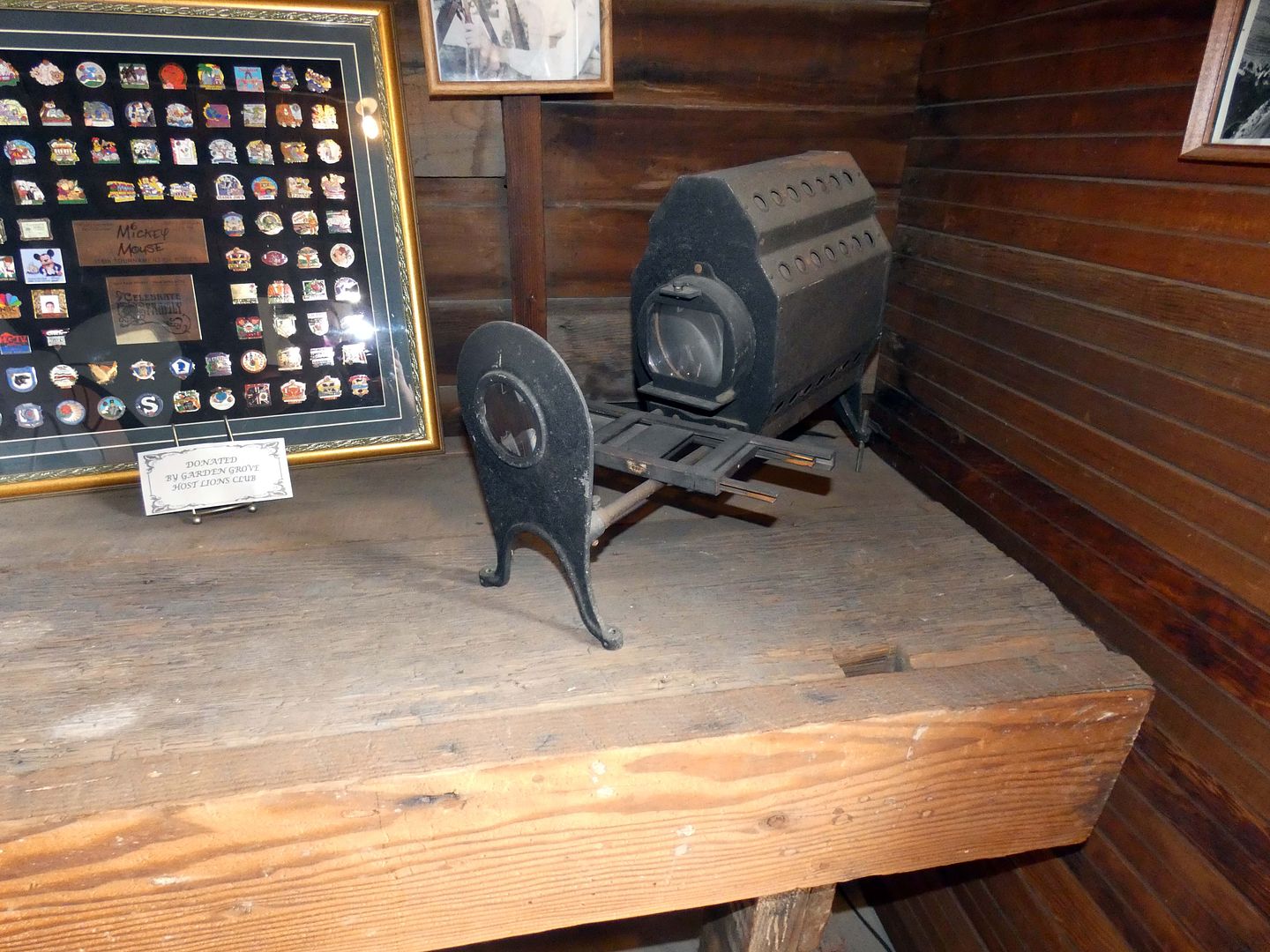



Before his arrival, the area was merely grain fields—but Ware helped bring the Eureka walnut and the Valencia orange to Garden Grove and also grew apricots and grapes. In fact, the "mother" walnut tree still stands on the property (now positioned in the ranch house's backyard).

Ware's daughter (Lillian) Agnes Ware, a schoolteacher, married Arthur C. Stanley and inherited the house from her father when he died in 1917—hence the name, Stanley-Ware.

Many of the architectural details are preserved—like the dark wood finishes and fancy hardware that gives the interior a Victorian touch.

Most of the furnishings aren't original to the Stanley or Ware families, but they're appropriate to the period. One original treasure is a circa 1890 pump organ, returned to the house many years later after being sold to another family.

Many of the rooms serve as recreations of what they might've been like when Agnes was the lady of the house.

It's a nice way to keep her memory alive, after her passing at age 95 in 1973. (There's a local Garden Grove elementary school named after her, too.)

Garden Grove Historical Society, established in 1966, has now got its offices and archives in the formerly Ware-owned big red barn...

...right next to the old shoe shop/barber shop/dentist's office (circa 1900), which moved to Garden Grove from Huntington Beach in 1921.

The historical society hopes to install a police museum in one of the vacant relocated buildings...

...adjacent to the first Garden Grove post office, which dates back to 1877-1885, originally on Ocean Boulevard (now Garden Grove Boulevard).

It was moved to the historical society's property 100 years later, in 1977...

...but before that, it had been relocated and repurposed as a residence and then DeElena's Beauty Shop!

Today, the board and batten structure serves as a museum devoted to the 19th-century-era postal service...

...when you could buy sundries where you picked up your parcels...

...and some pieces of mail were delivered by bicycle.

There's also the little red schoolhouse...

...where students once wrote on chalkboard tablets...

...and wore sweetly patterned bonnets, just like in Little House on the Prairie.

The village also contains a smaller-scale replica of Garden Grove's (demolished) first fire station, constructed in 1973.

The showstopper there is the restored American La France fire engine, circa 1926. It was the Garden Grove Fire Protection District's first fire truck, with a capacity to hold 400 gallons of water and operated by a team of 25 volunteer firefighters.

Although the antique engine is owned by the City of Garden Grove, the historical society has had an agreement since 1985 to house it and provide public access to it. The Firefighters Association occasionally drives it in parades and to other special events.

As of 2019, the city of Garden Grove is serviced by Orange County Fire Authority, instead of having its own municipal service.

So this fire station exhibit—with its antique equipment, office, and even sleeping quarters—is really a relic of days gone by.

In addition to the Stanley-Ware ranch house, there are other residences that have relocated to the historical society's property—including the circa 1916 Schnitger House.

It was originally located on the 20-acre avocado/Valencia orange ranch (hence, "Avolencia") near the intersection of Euclid and Chapman, less than 0.3 miles north of its present-day location.

While Arthur and Helen Schnitger might not be as prominent Garden Grove historical figures as the Wares or the Stanleys, this craftsman-style bungalow acts as a kind of living history of the area...

...including artifacts from the (extant) GEM Theater, the (demolished) Greenbrier Inn and Restaurant, and more.

Next door to the old Schnitger place is the Henry A. and Emma Blaeholder House—a symmetrical Queen Anne-style cottage built in 1885, originally at Chapman and Nelson.

And then rounding out the residential "neighborhood" is the circa 1877 Reeder House, one of Garden Grove's longest-standing homes...

...originally located on Stanford Avenue (now the Methodist church complex).

For some visitors, the pièce de résistance is the so-called "Disney Garage," donated to the site in 1984 by The Friends of Walt Disney (a.k.a. Friends of the Mouse).

Technically, it was the garage of Uncle Robert Disney, at his home on Kingswell Avenue in the Los Angeles neighborhood of Los Feliz. In 1923, his nephews—brothers Roy and Walt Disney—moved in with him and set up shop in his garage to try to launch an animation business in Hollywood.

Walt constructed his first animation device here—right on top of a workbench made out milk crates and other pieces of scrap lumber. The wooden bench still lives inside the garage, which was sold at a 1982 auction.

The rest of the garage's contents consists mostly of Disney memorabilia and ephemera—but it's still a necessary pilgrimage for any Disney fan in the area to make. (And Disneyland is just about 4 miles to the northeast.)
It's got to be hard for Garden Grove to have stood in the shadow of Anaheim—home of Disneyland—for the last 65 years. So, it's nice that the city has its own slice of Disney history.
But that's actually the most underwhelming part of the Stanley-Ware Ranch complex and the Garden Grove Historical Society's architectural holdings.

No comments:
Post a Comment